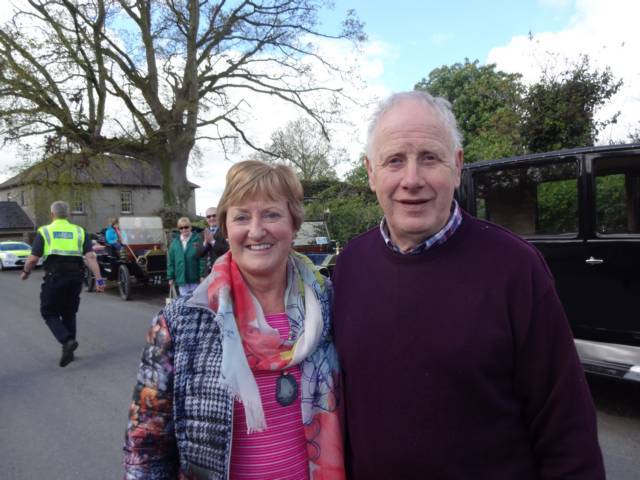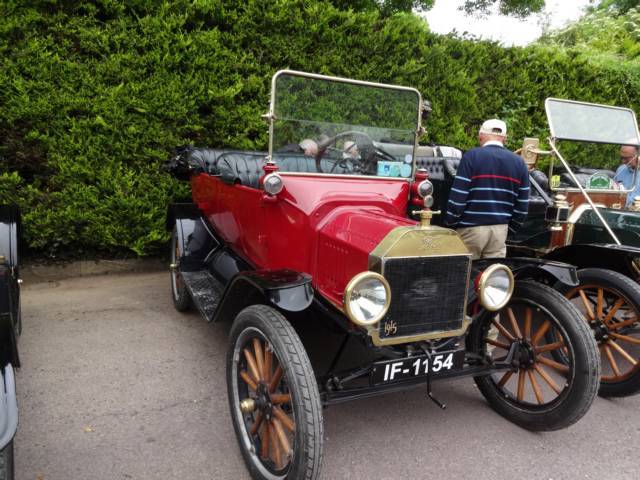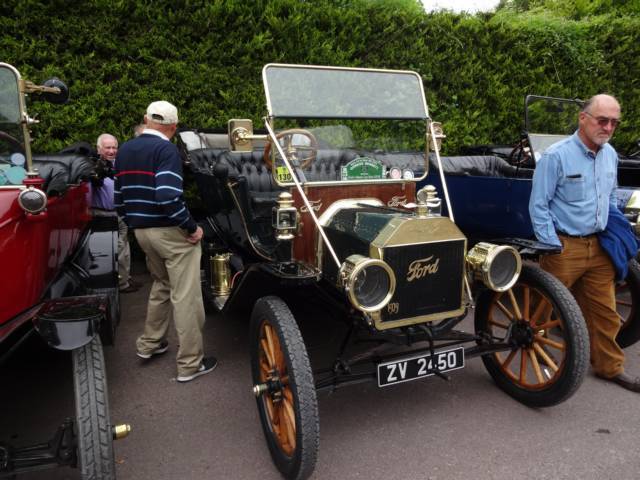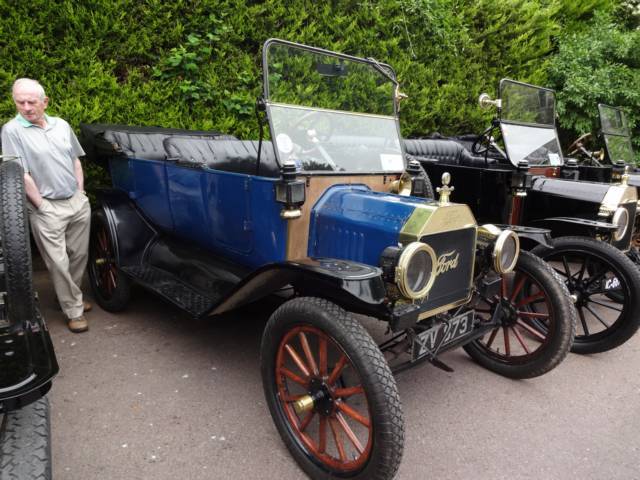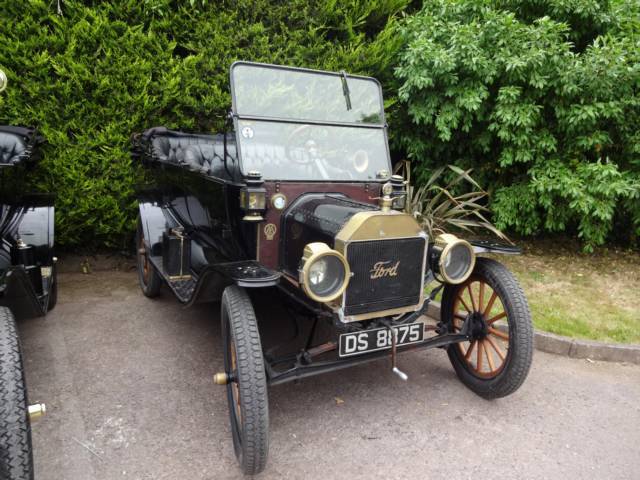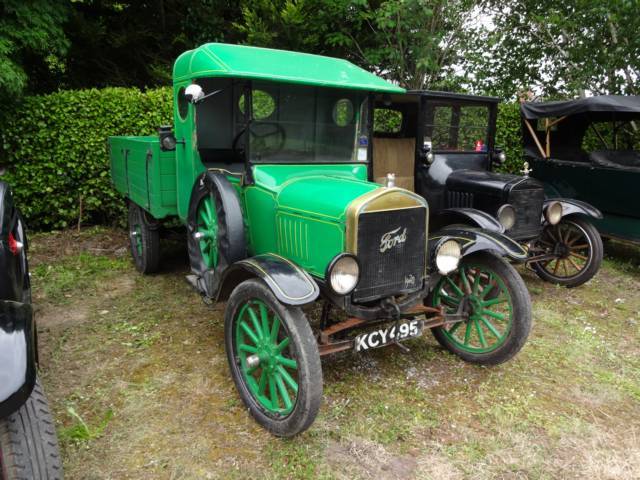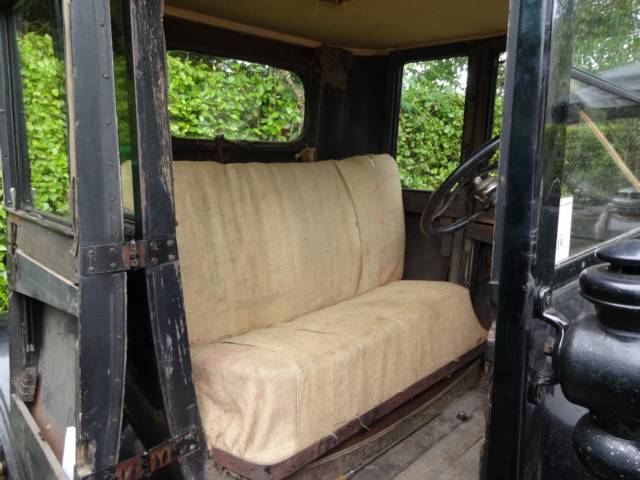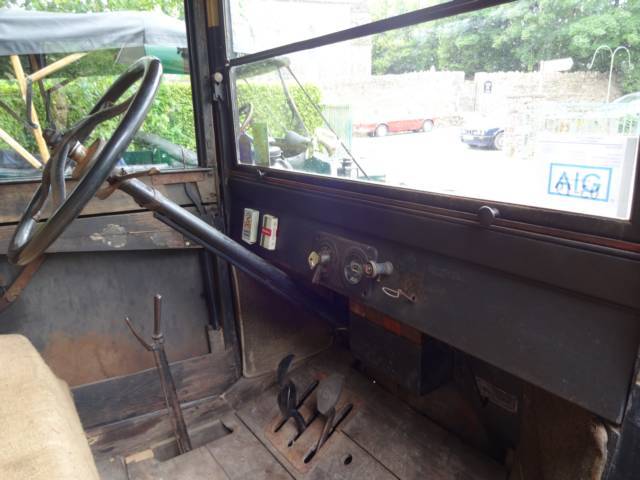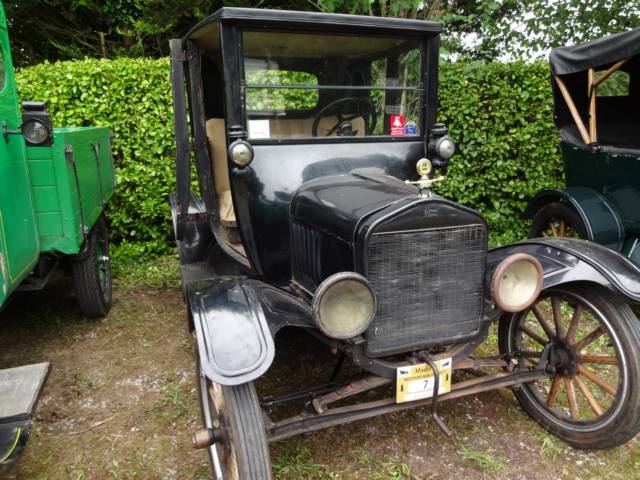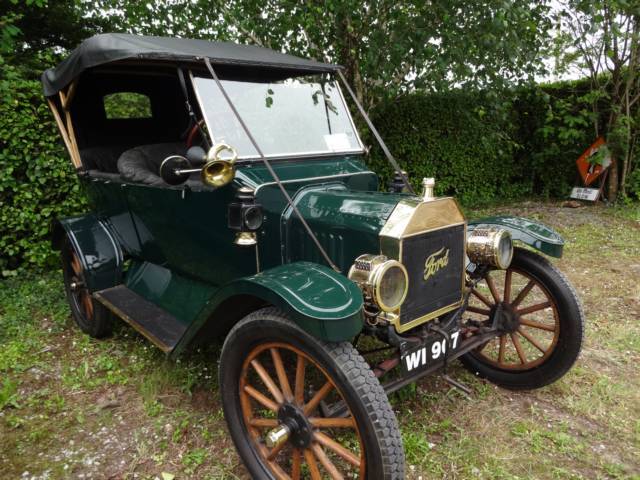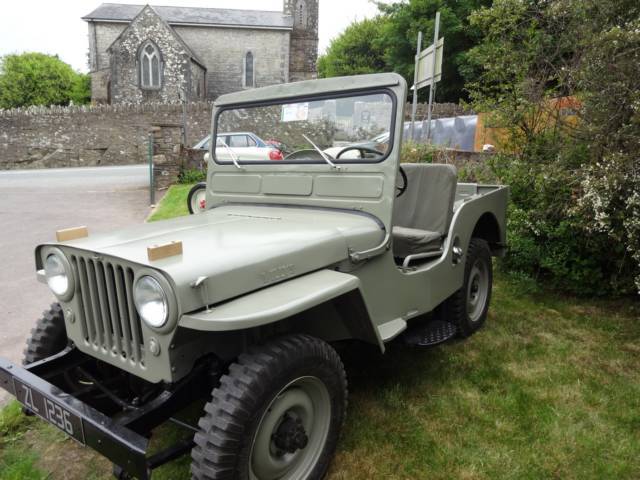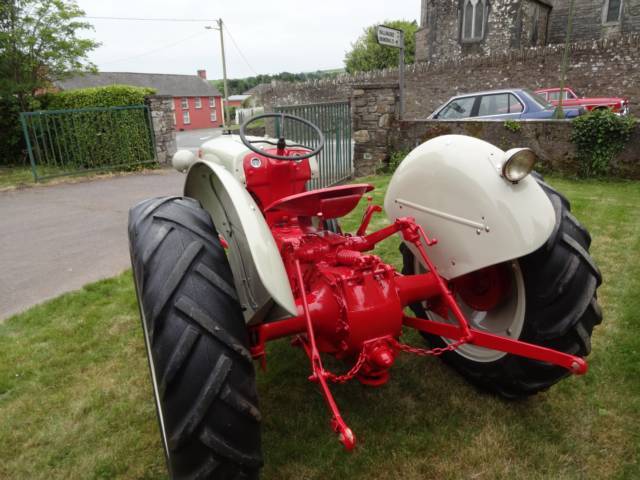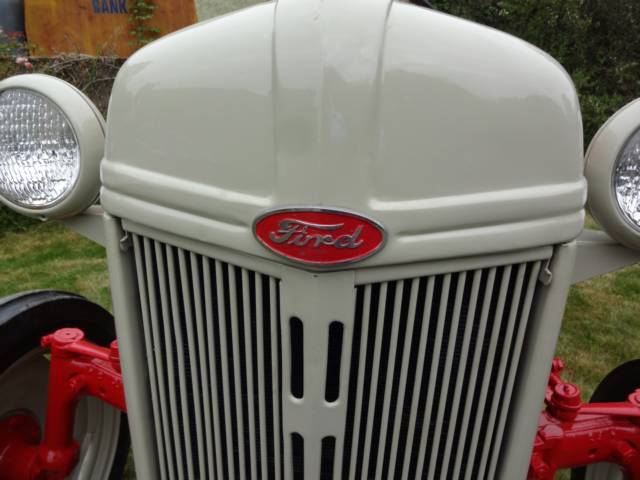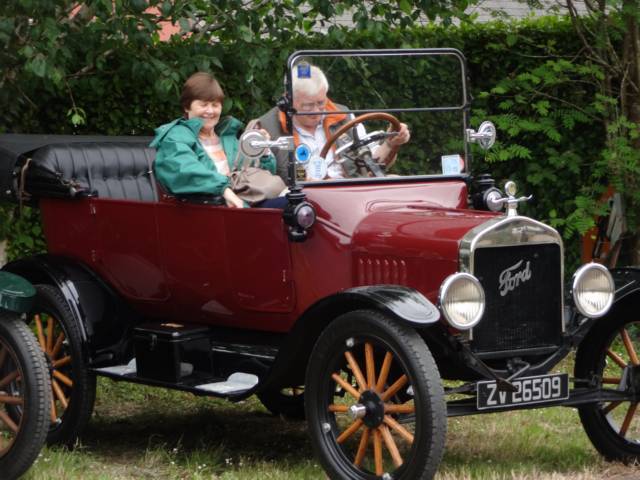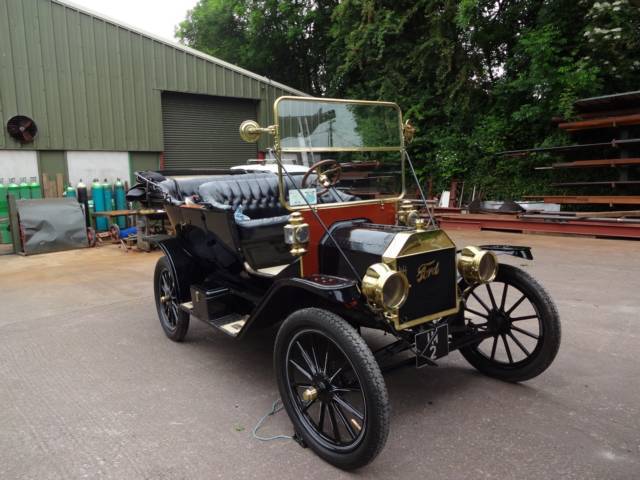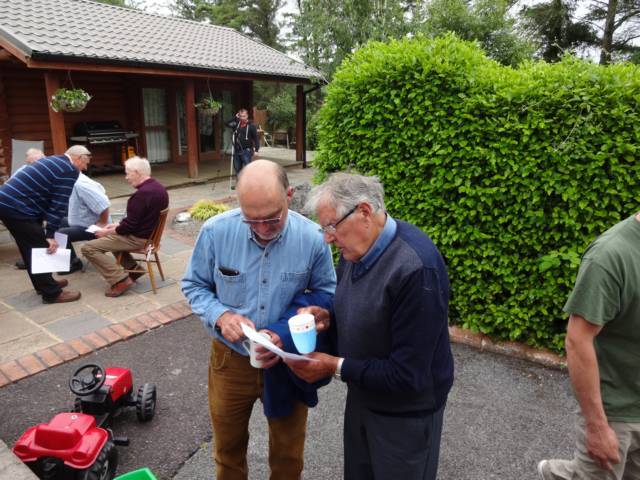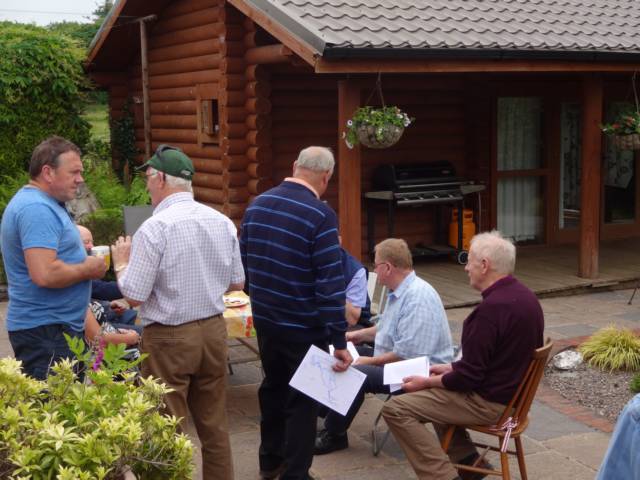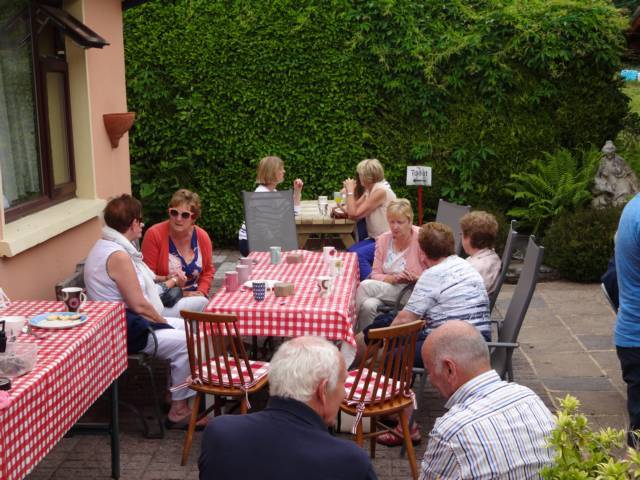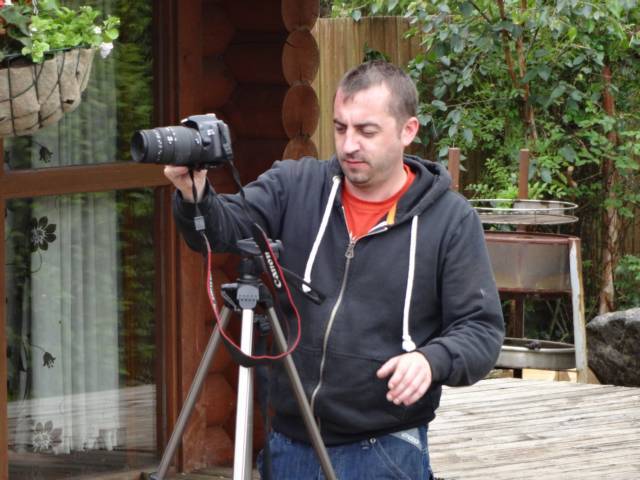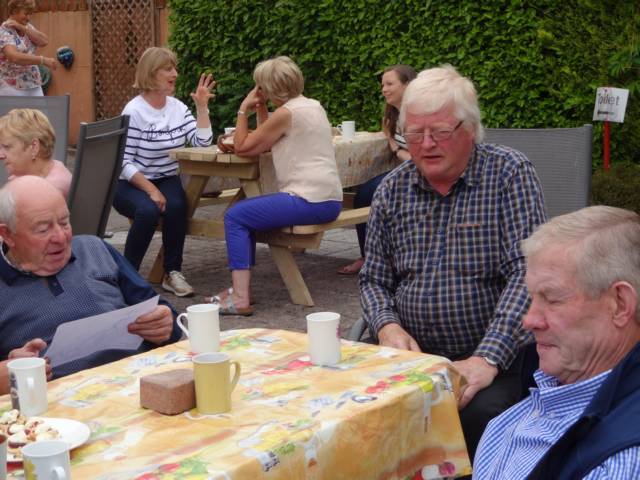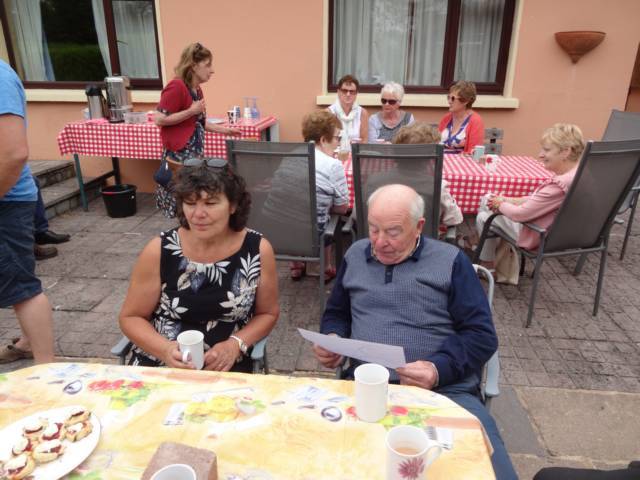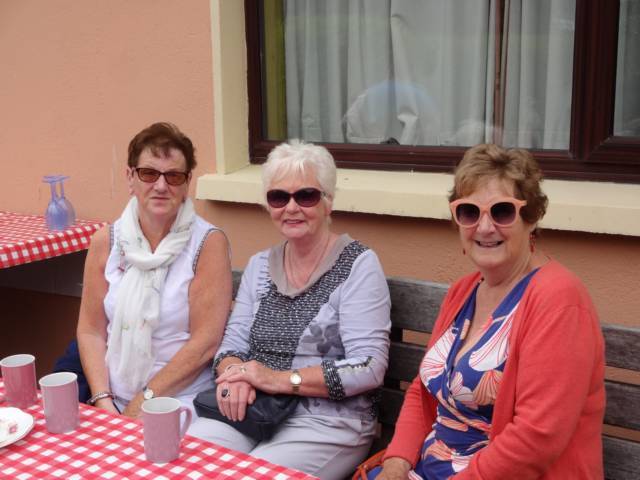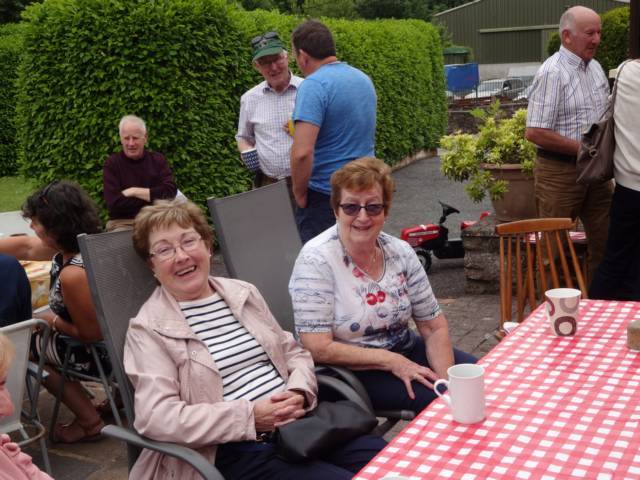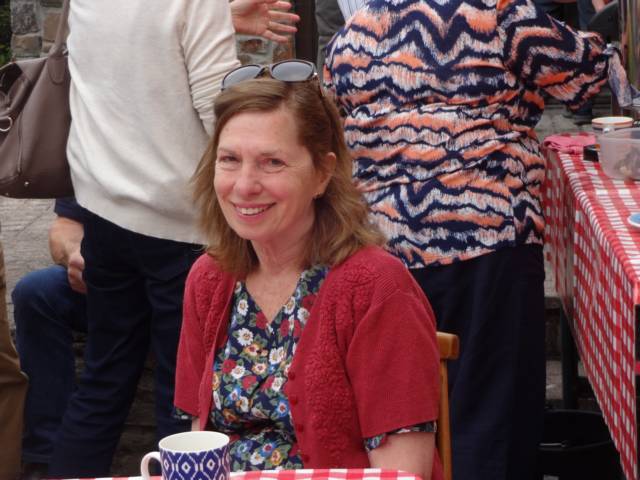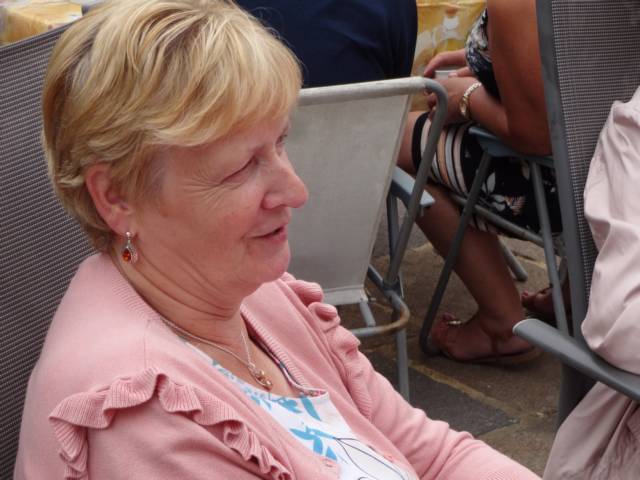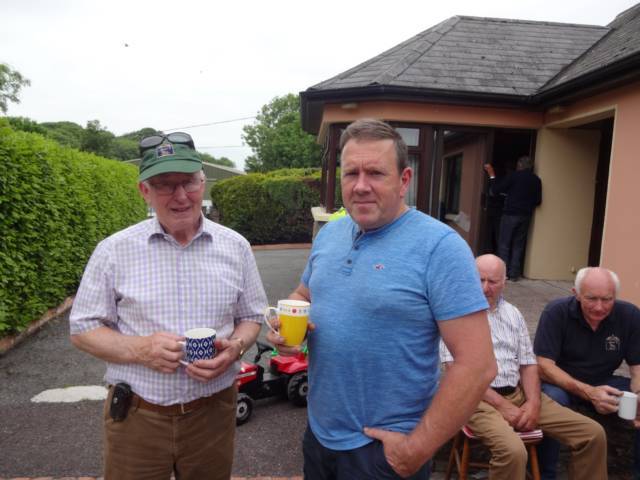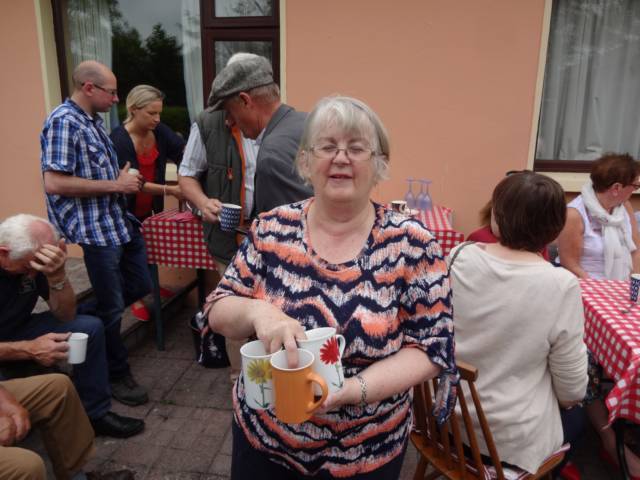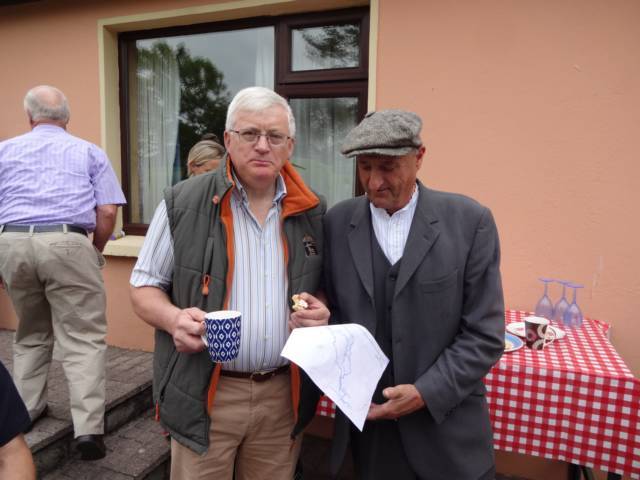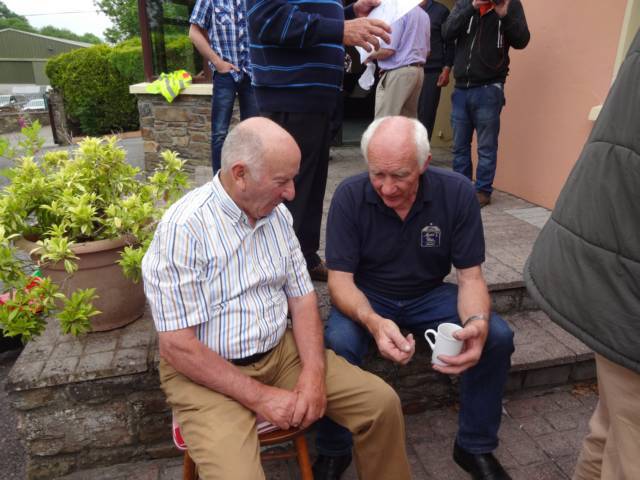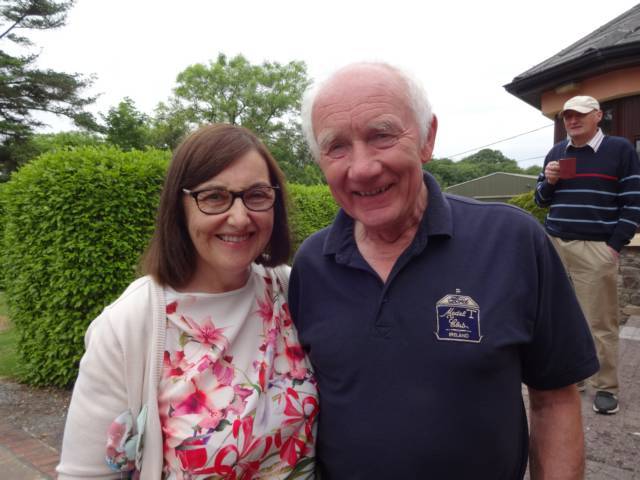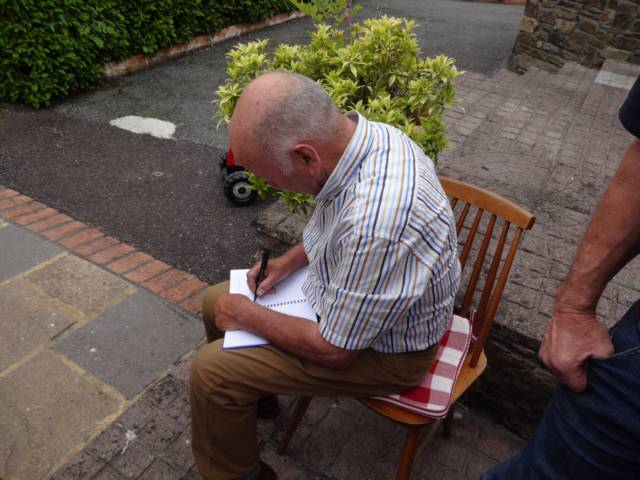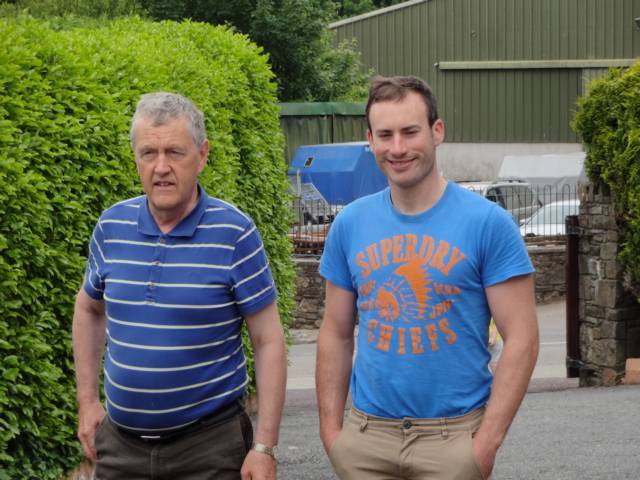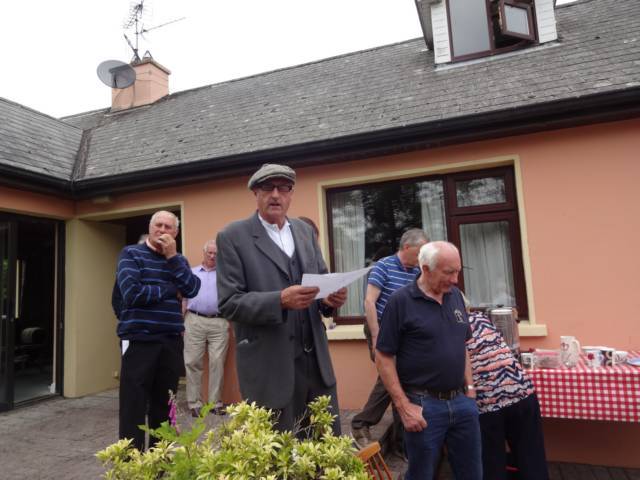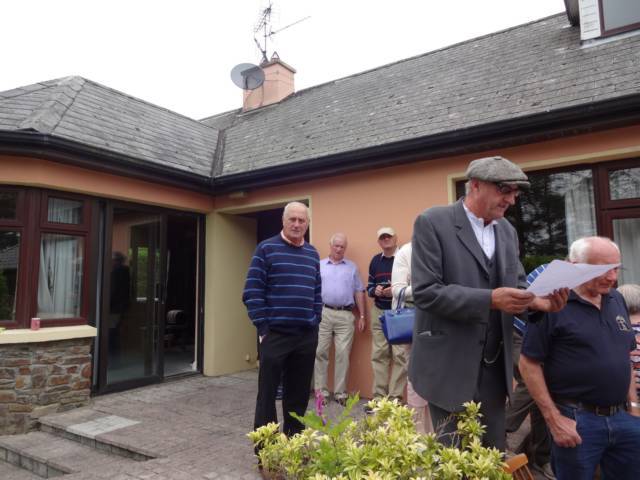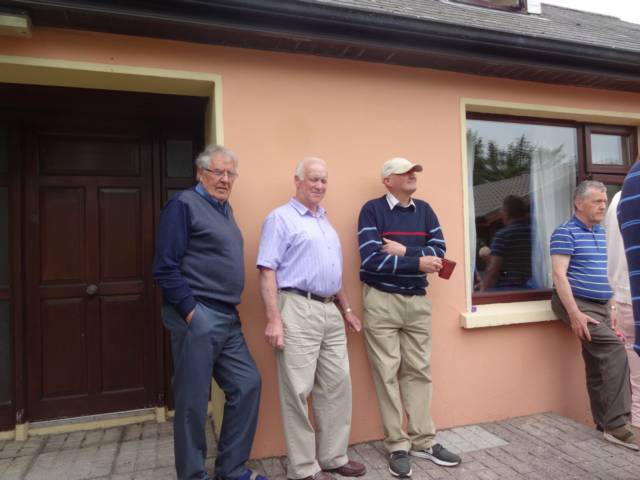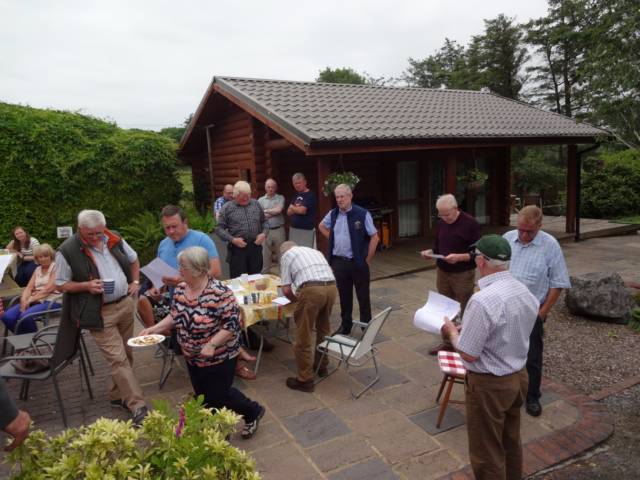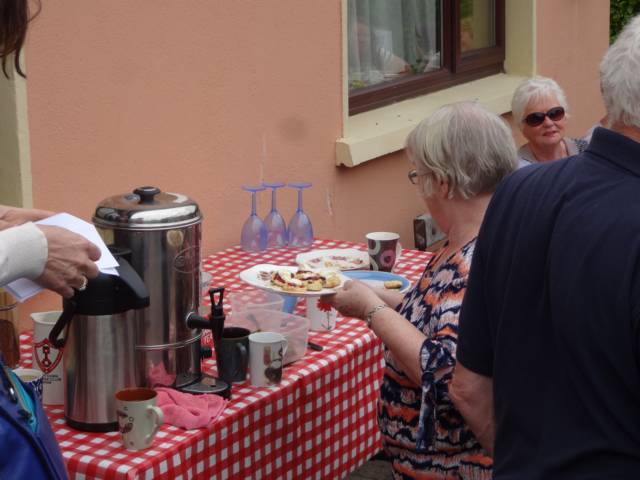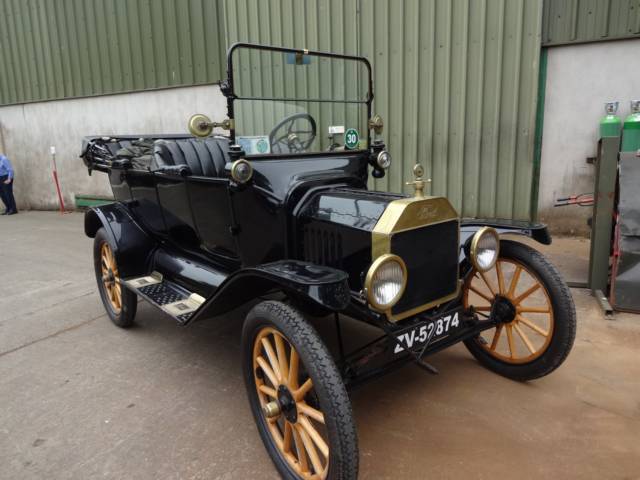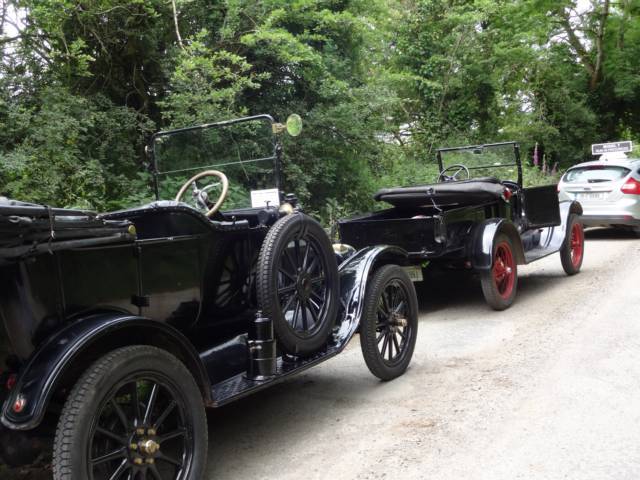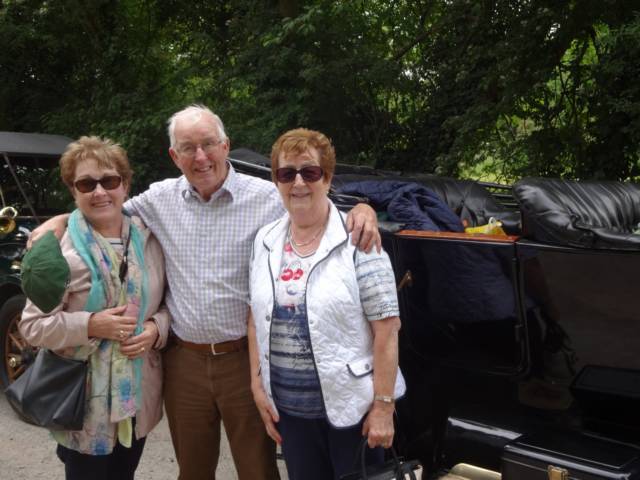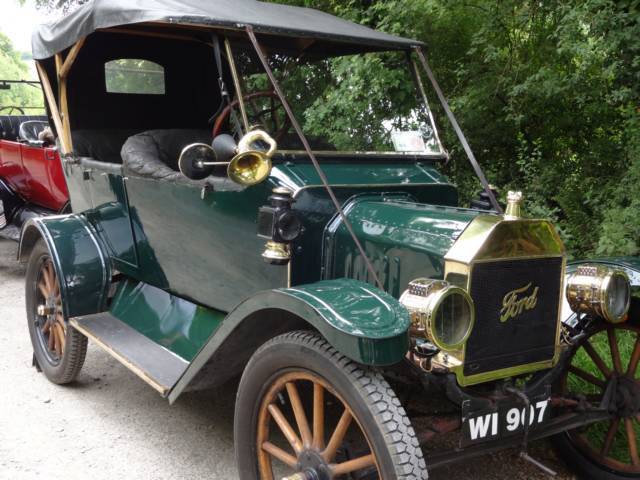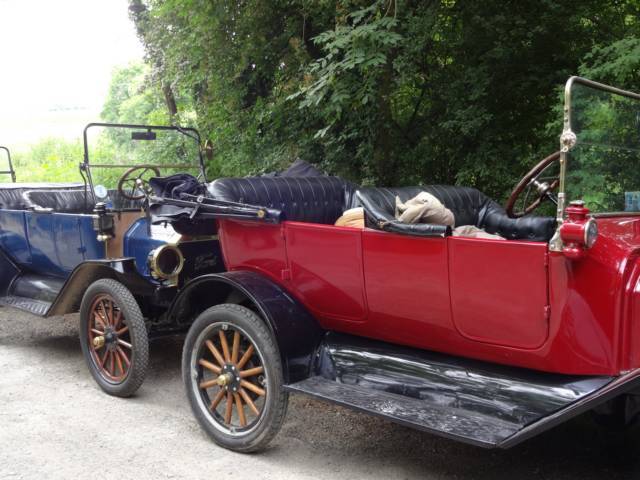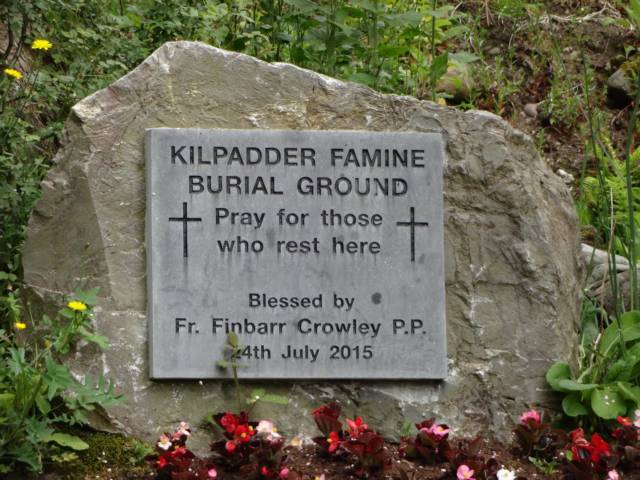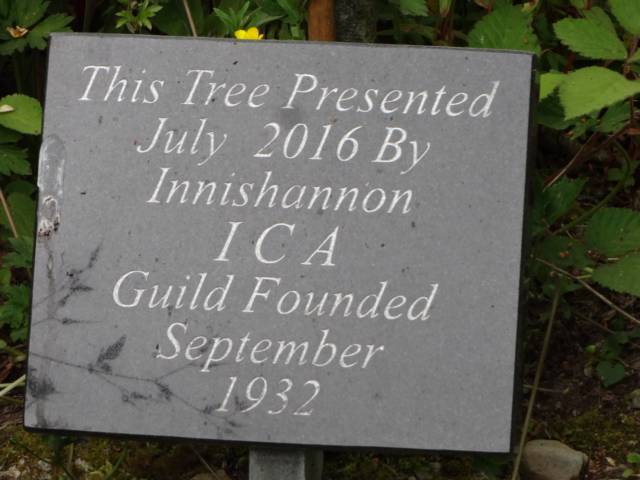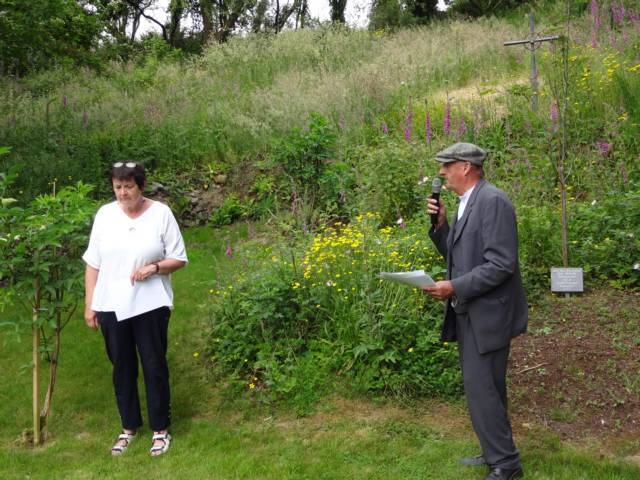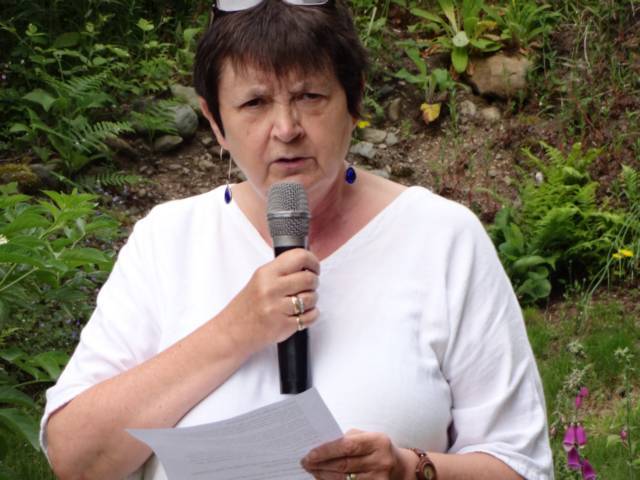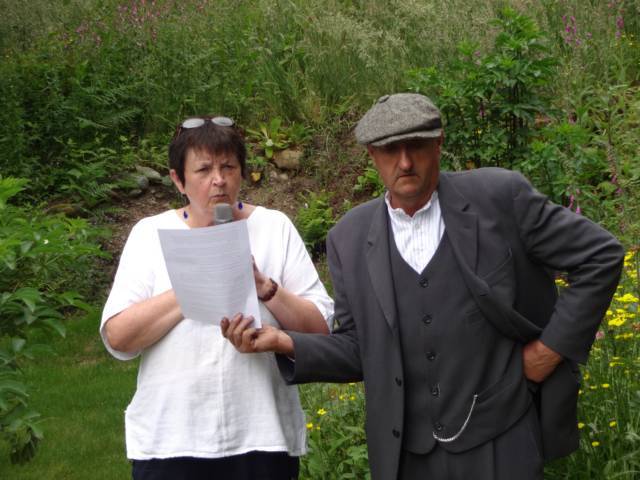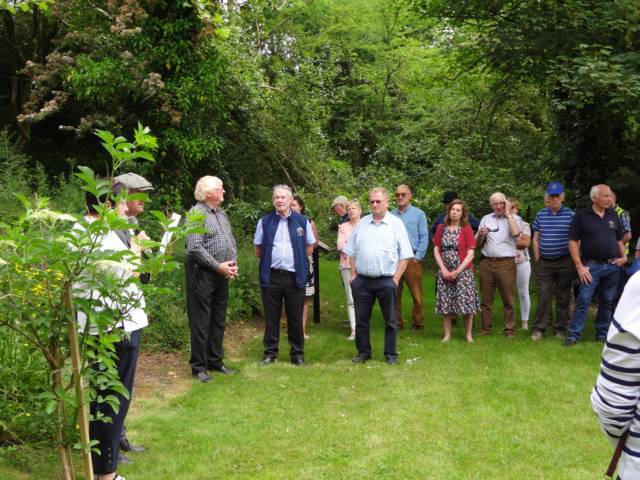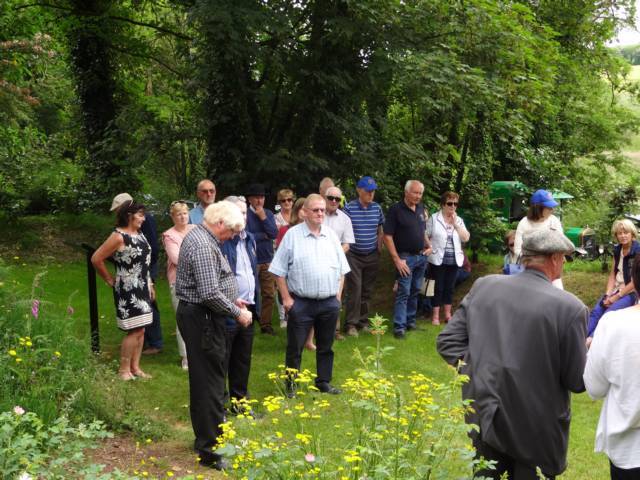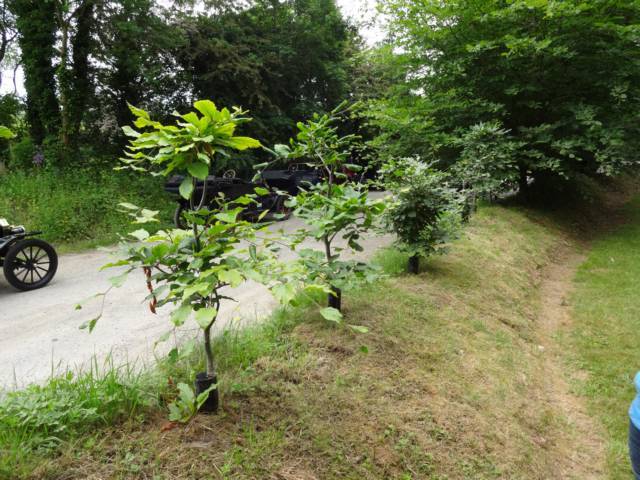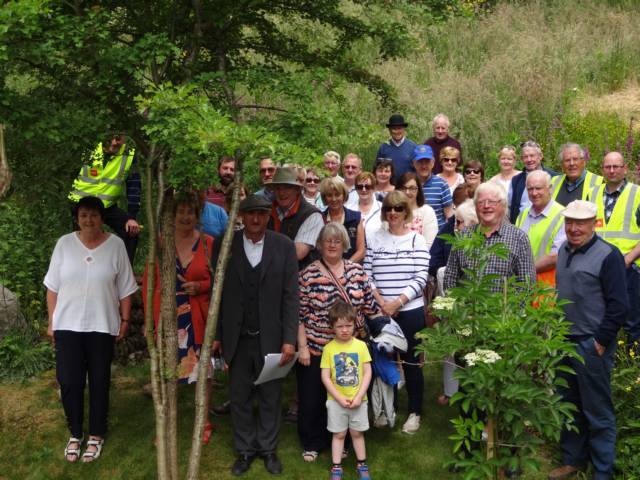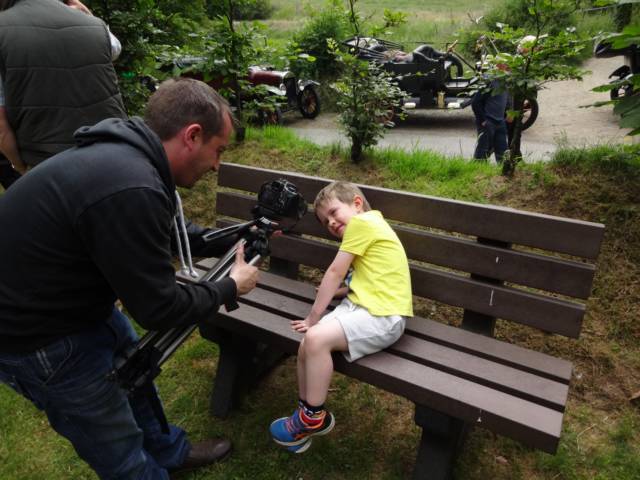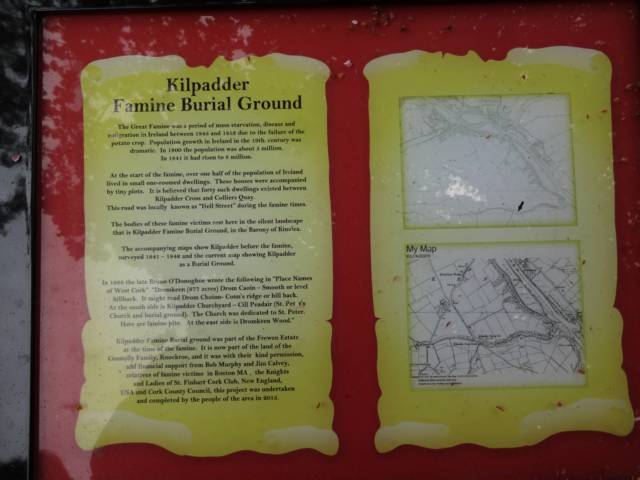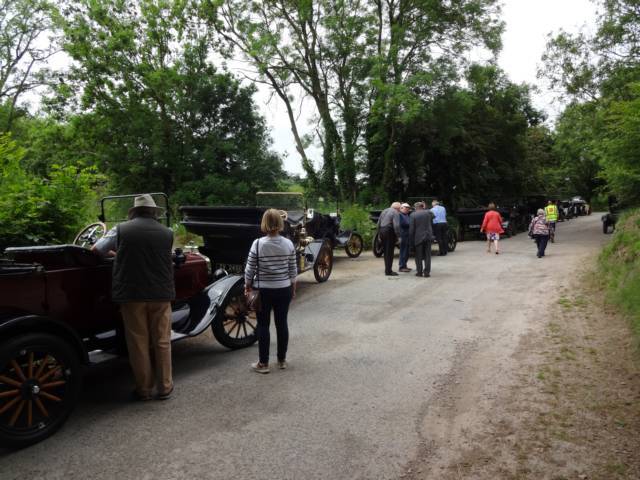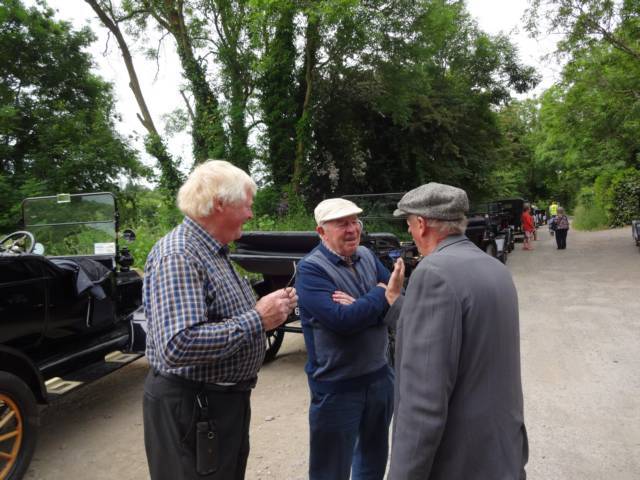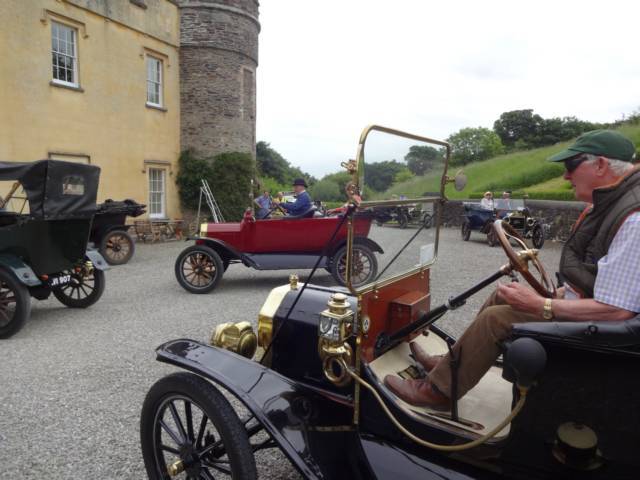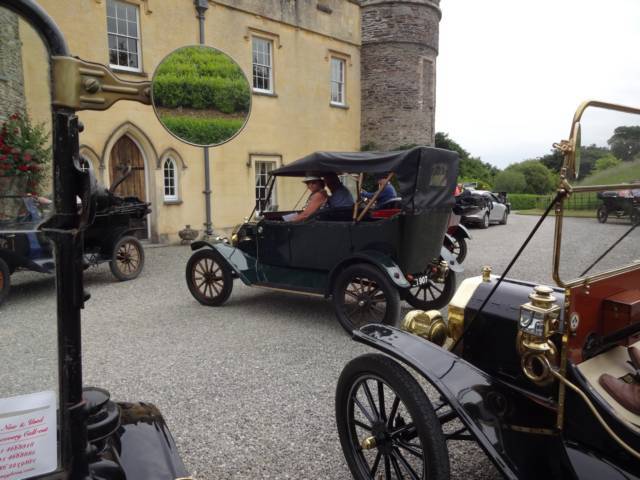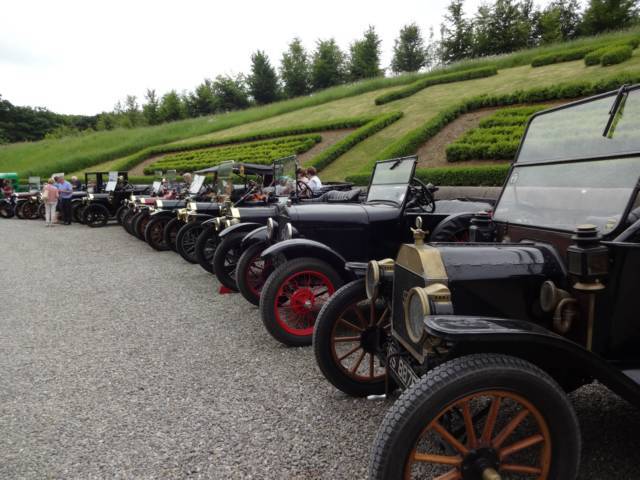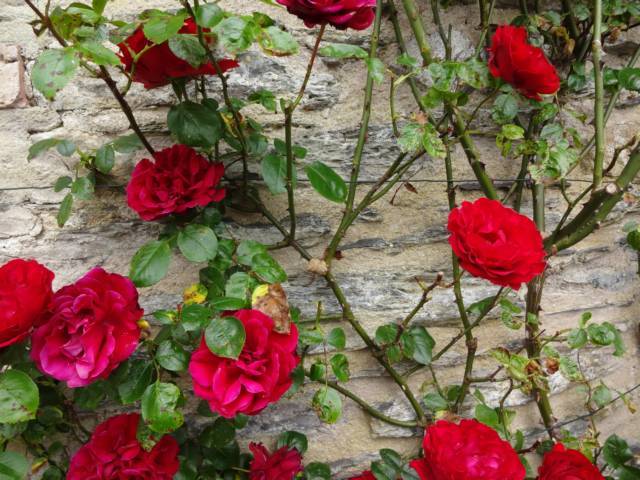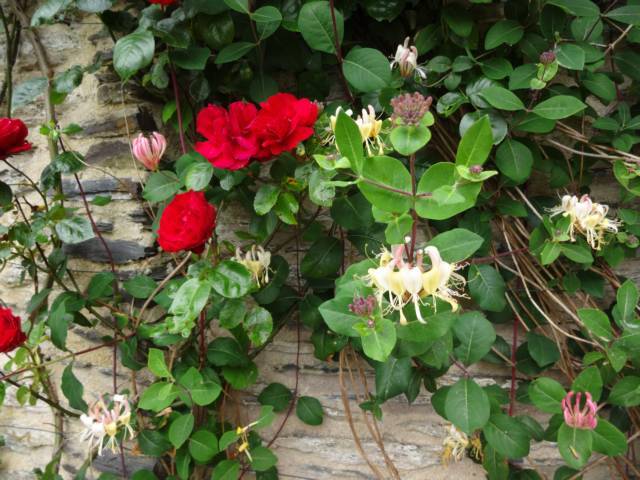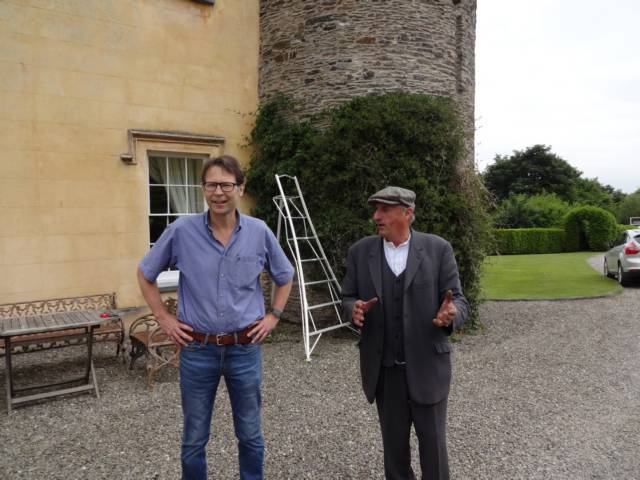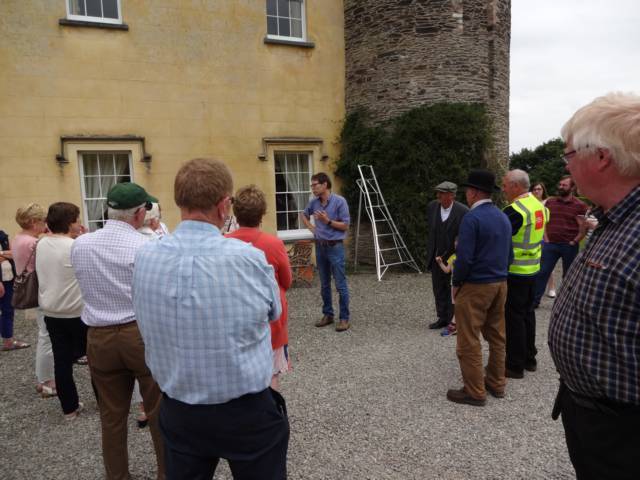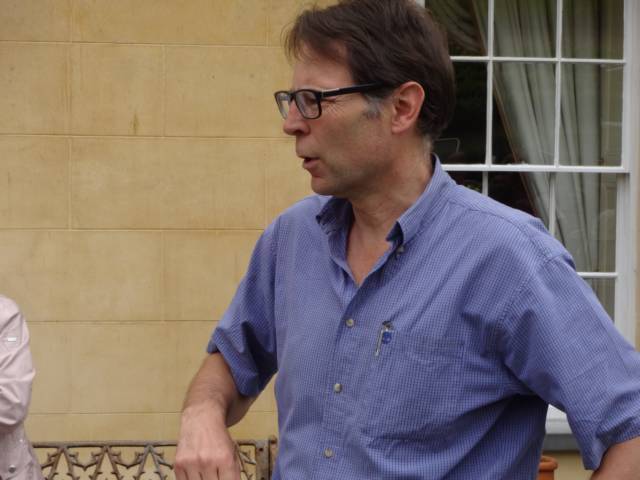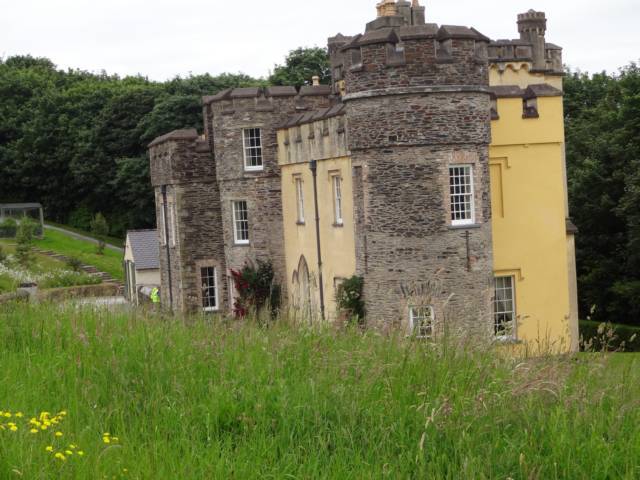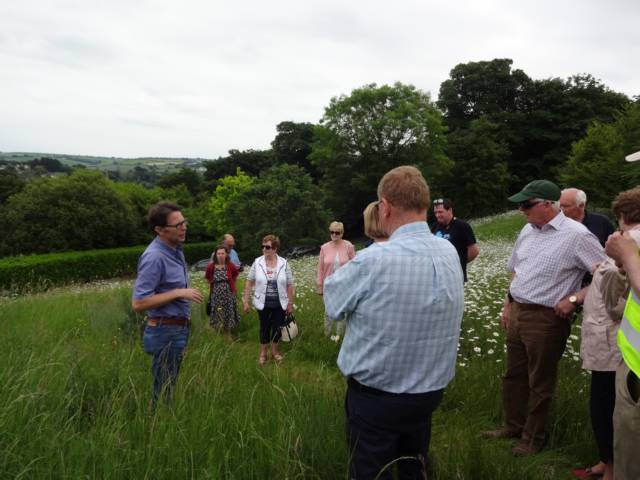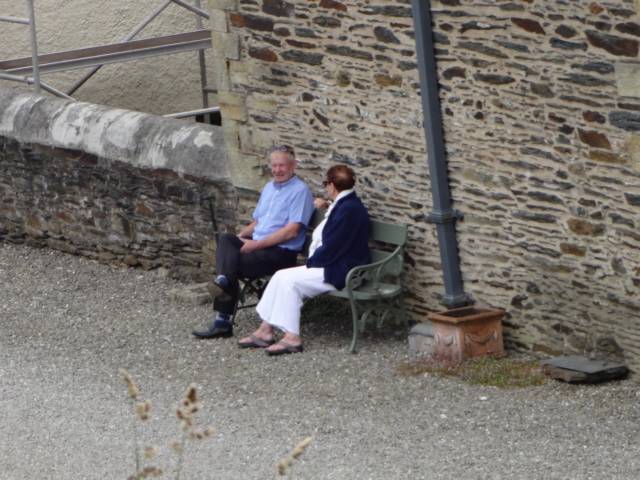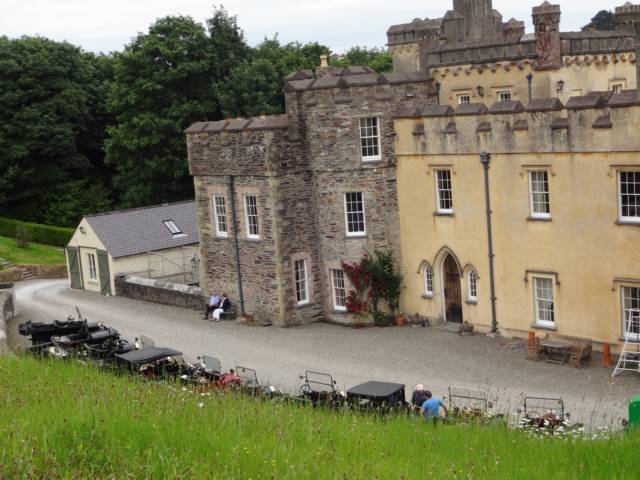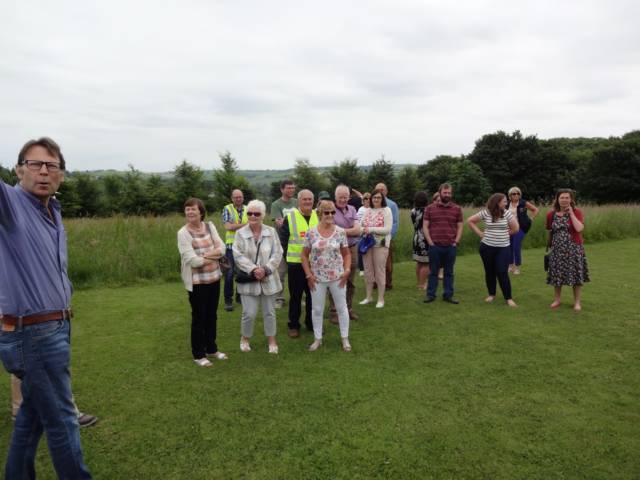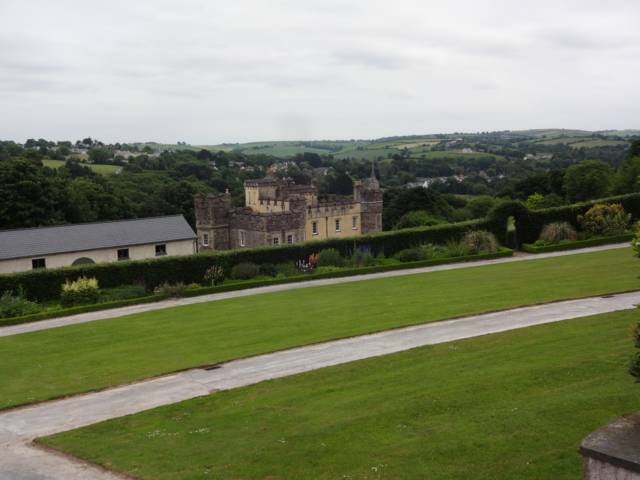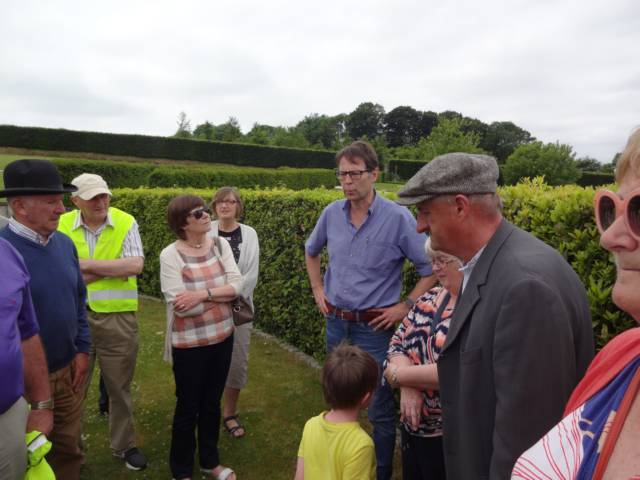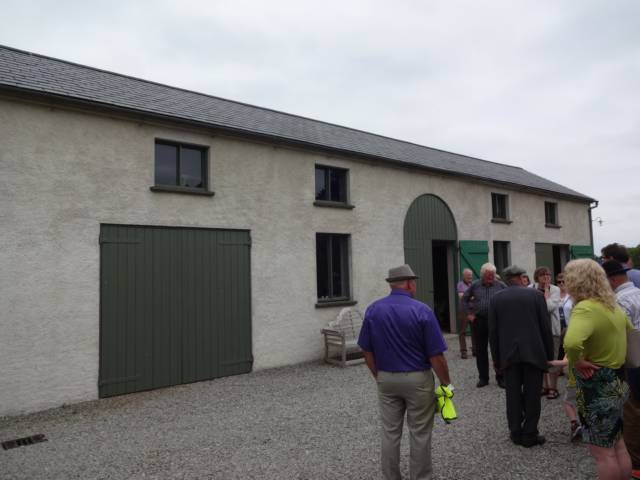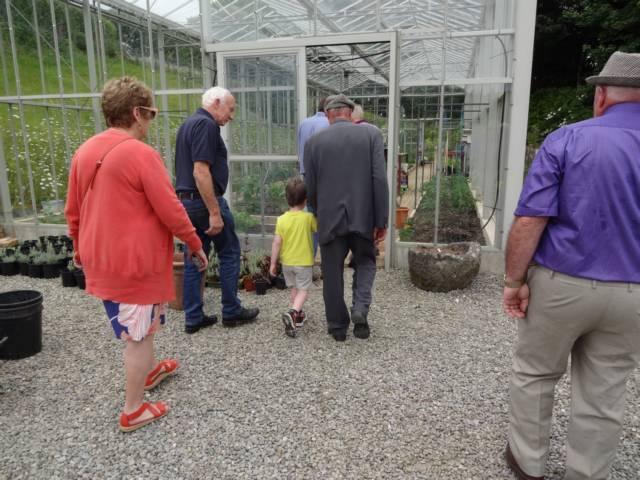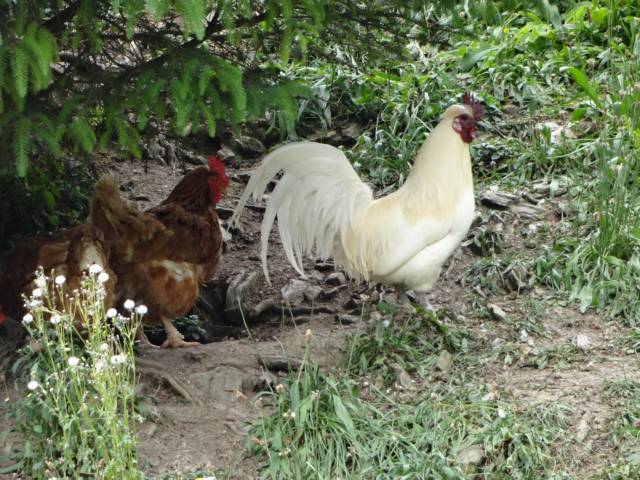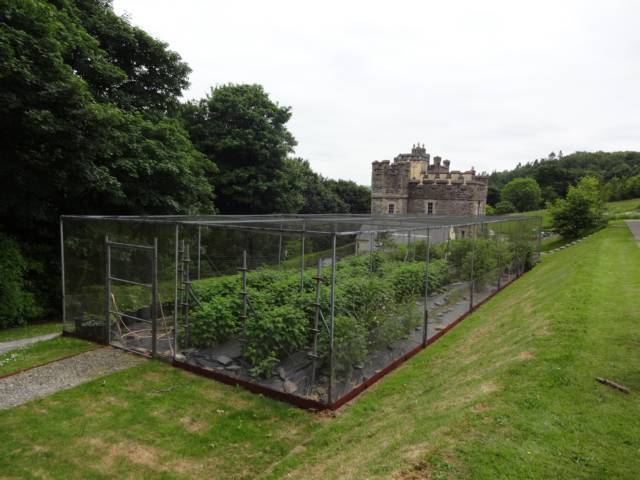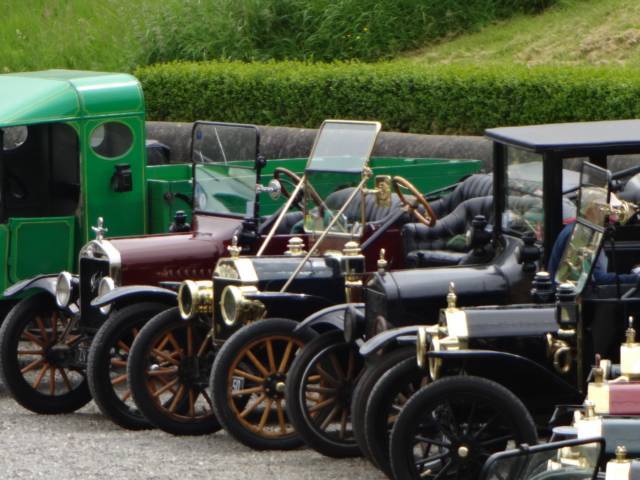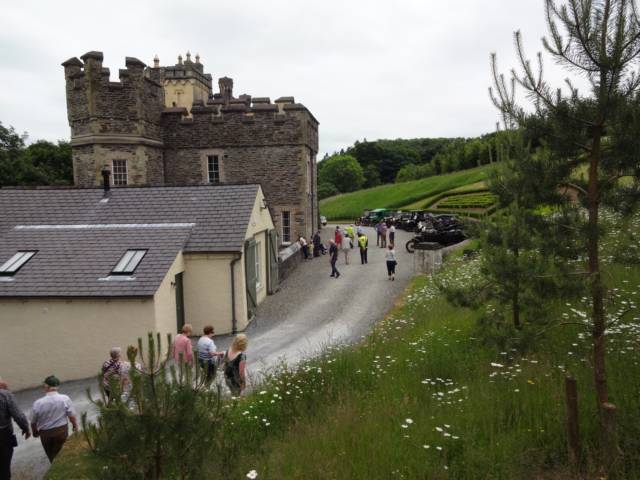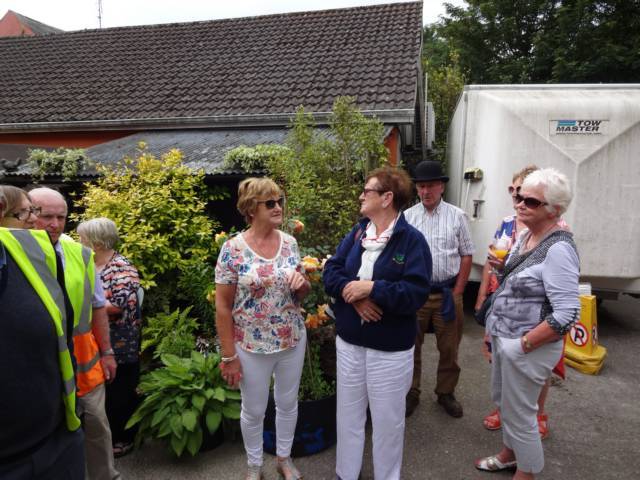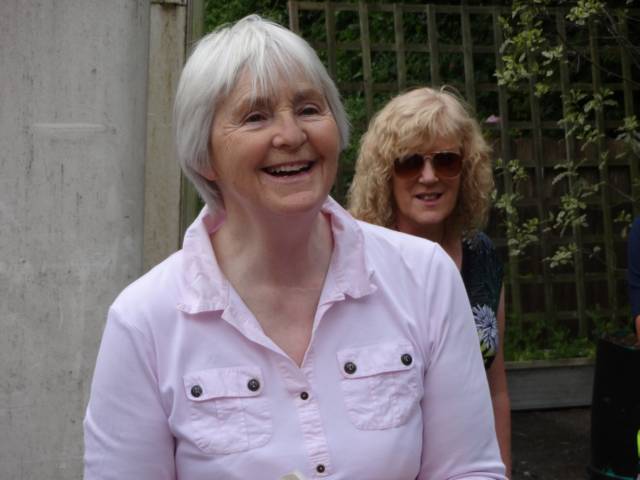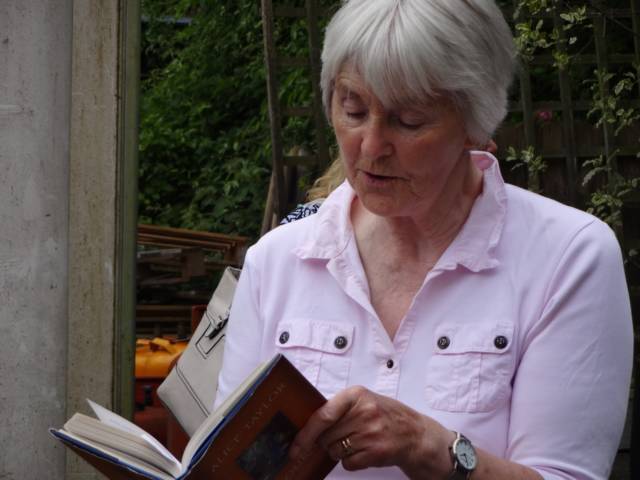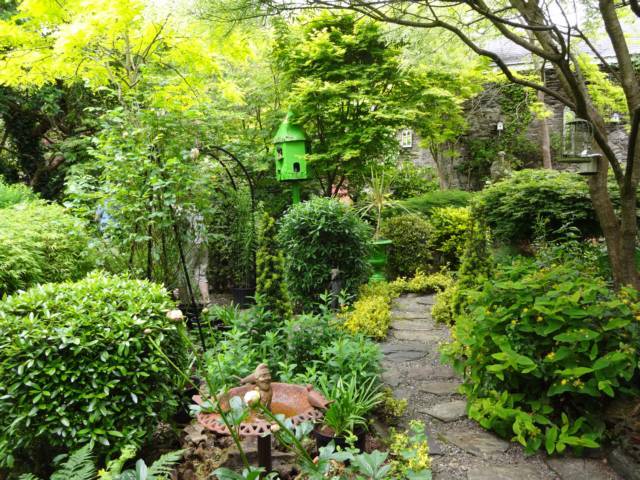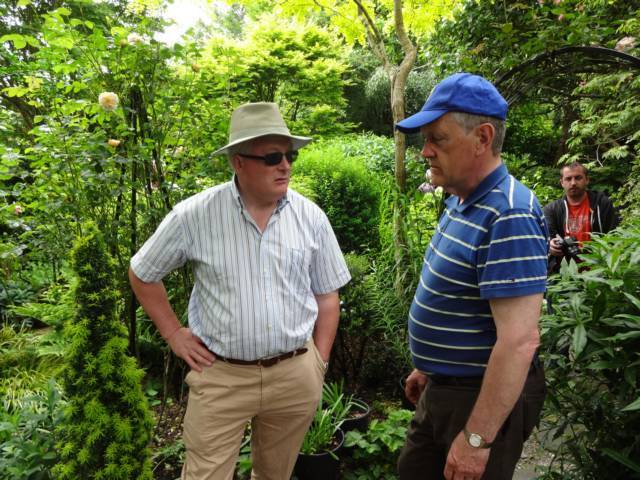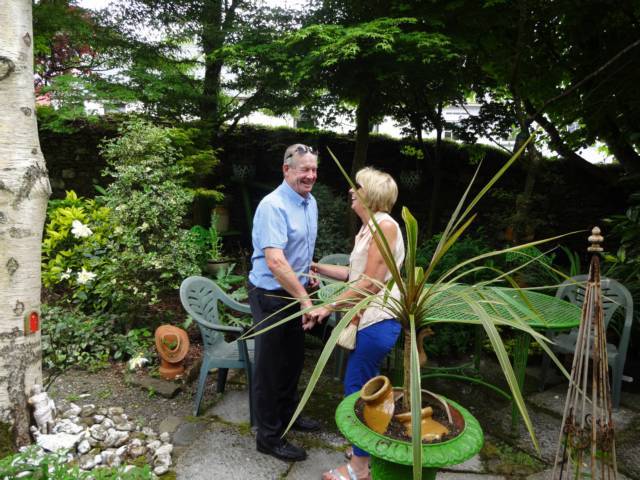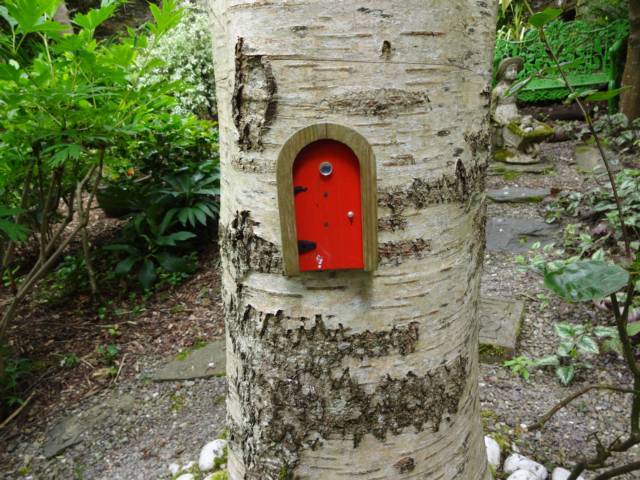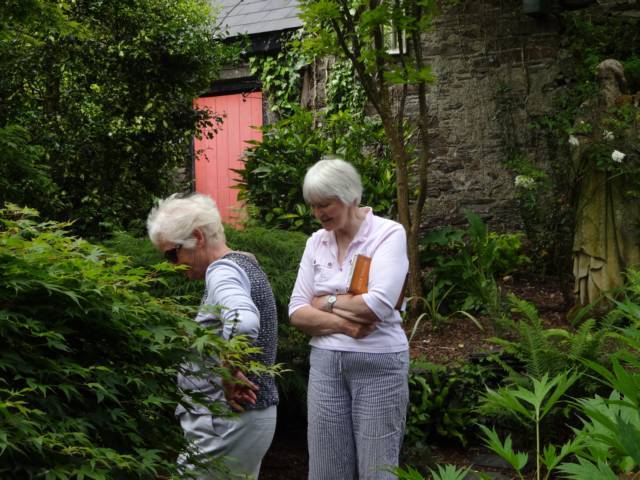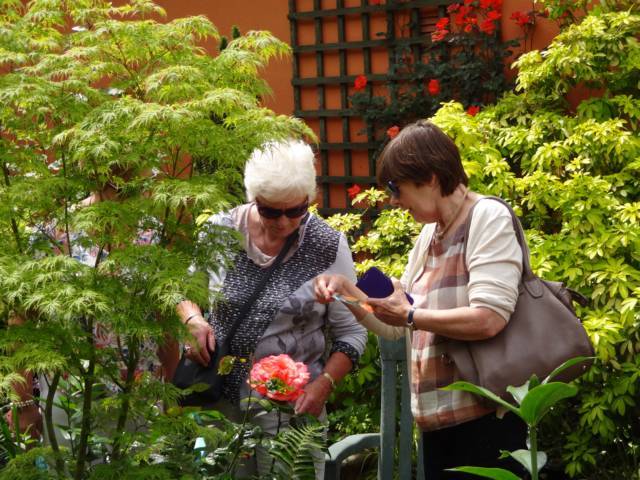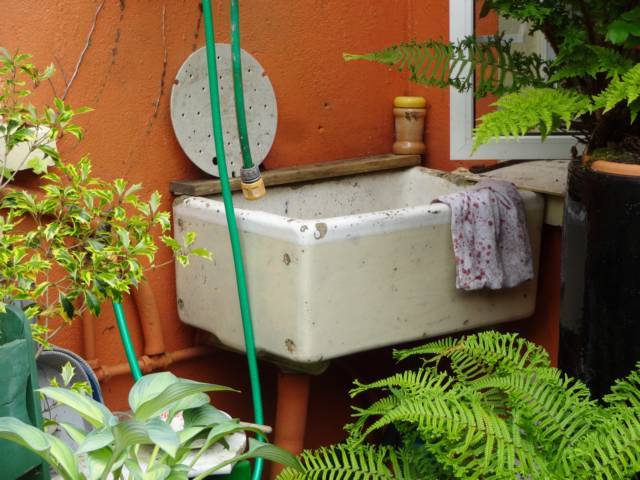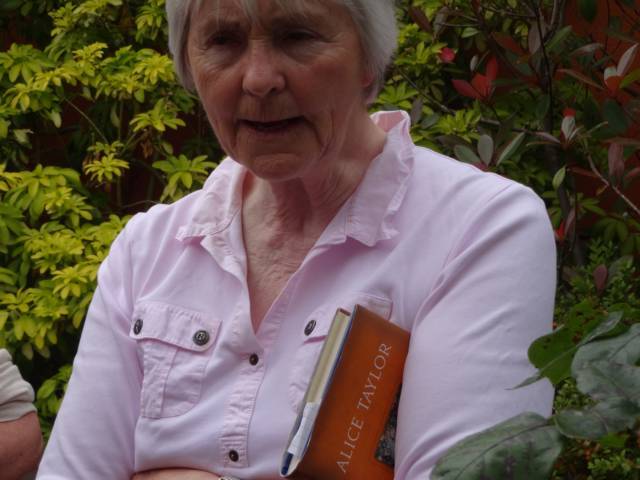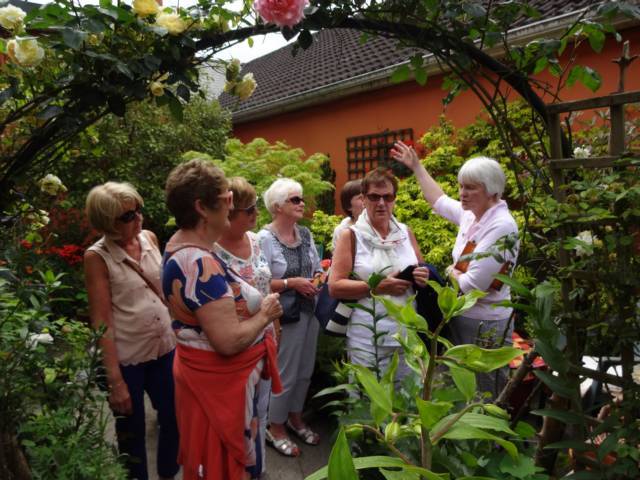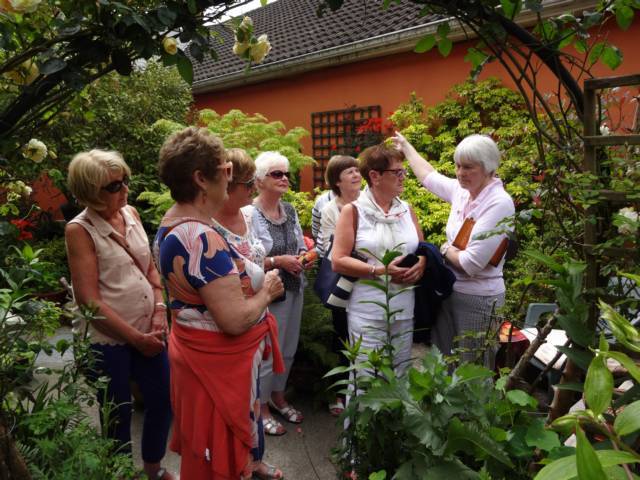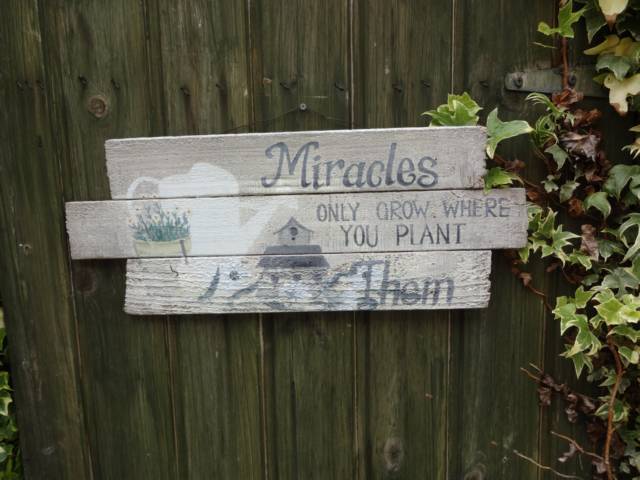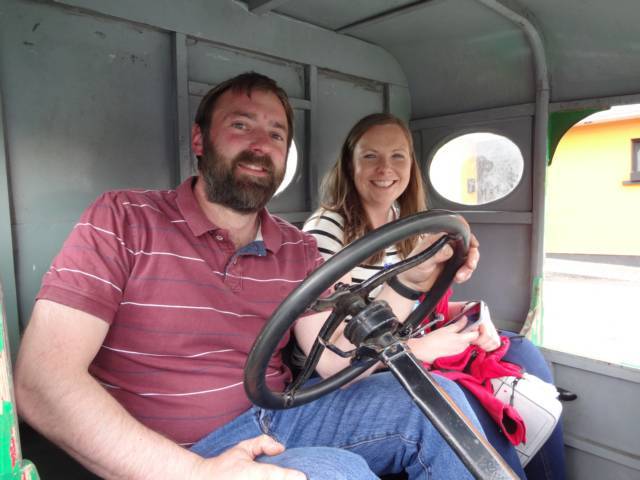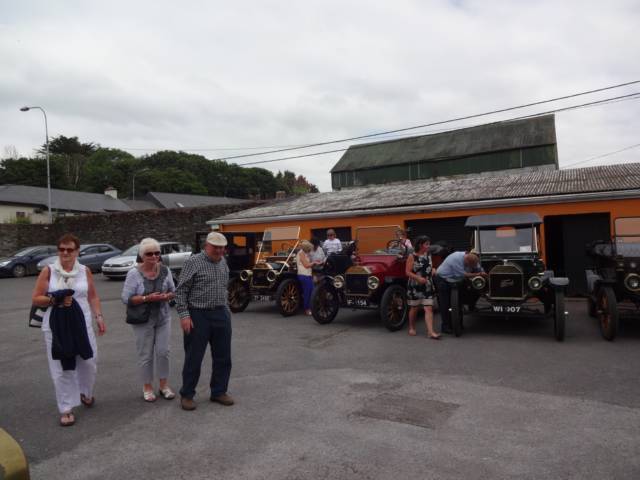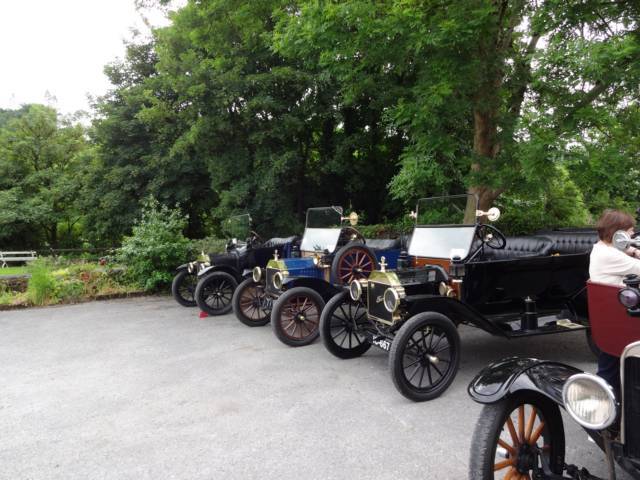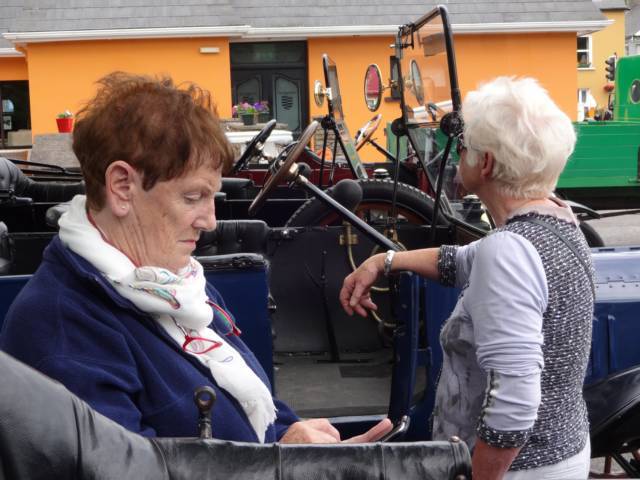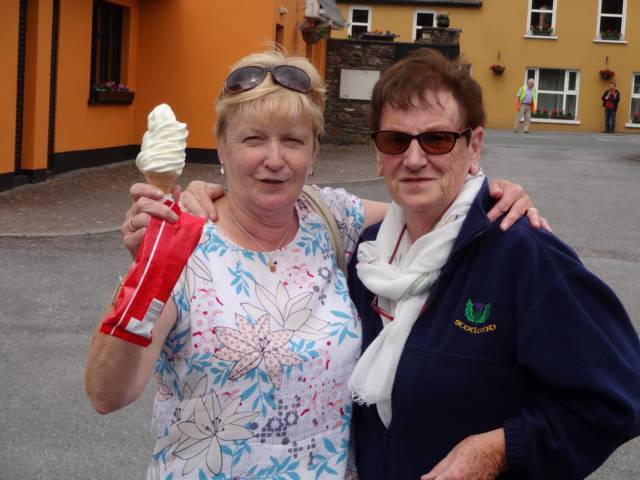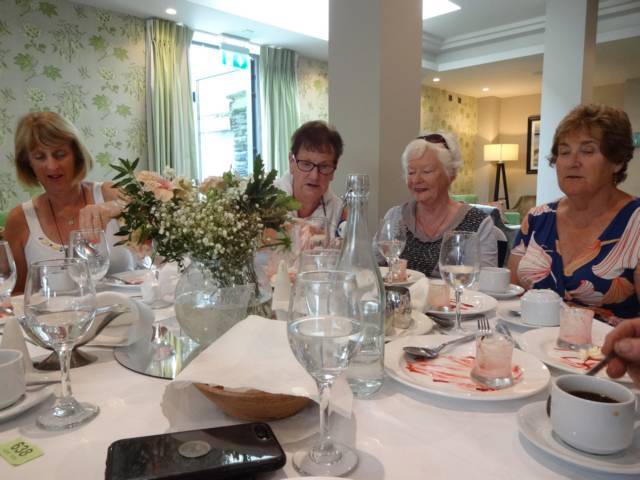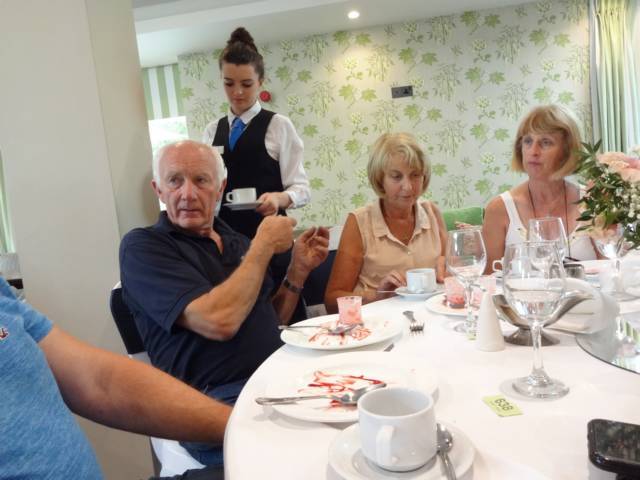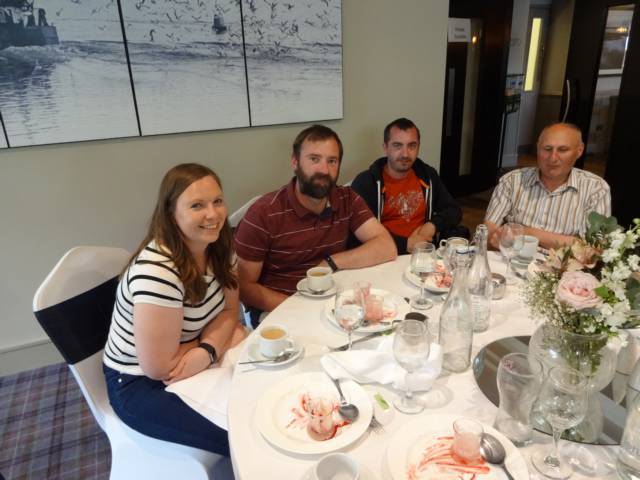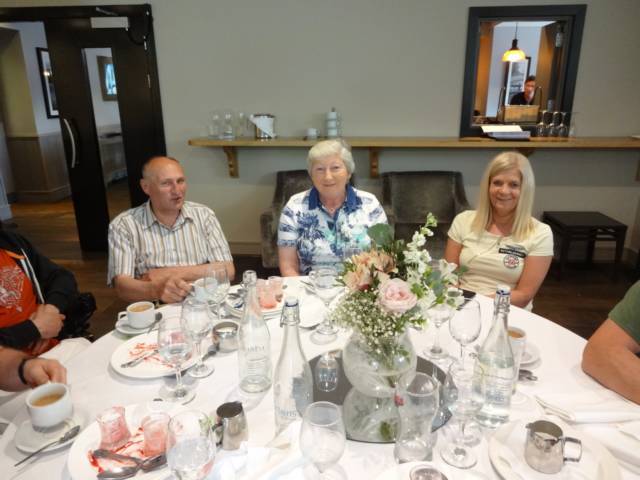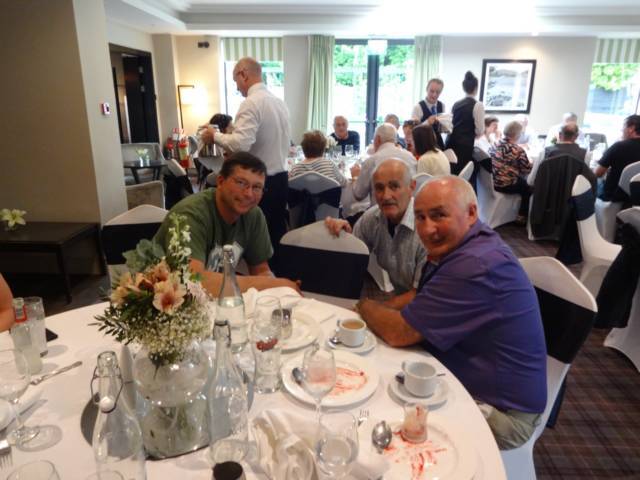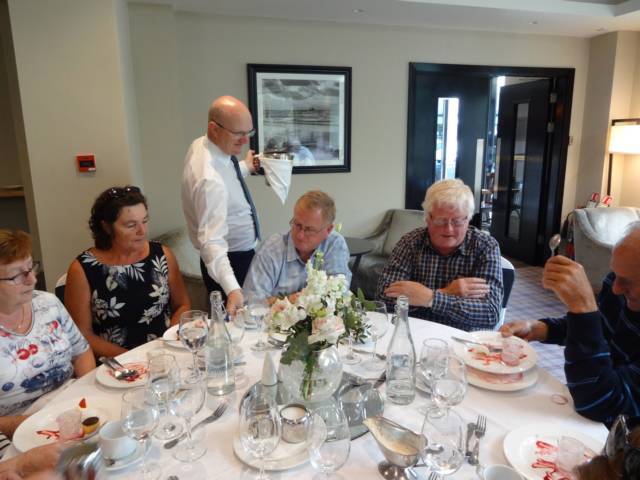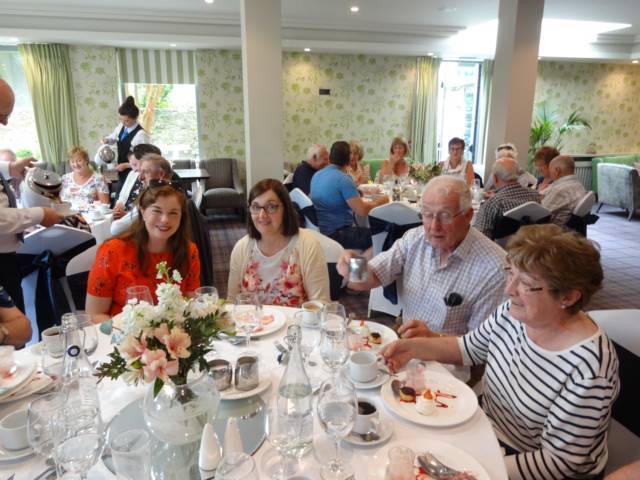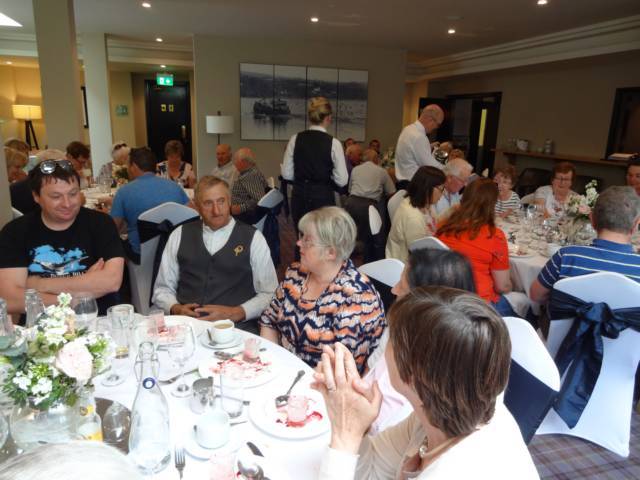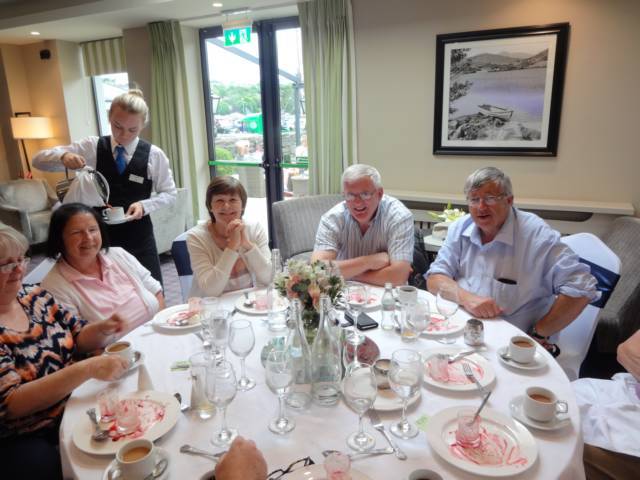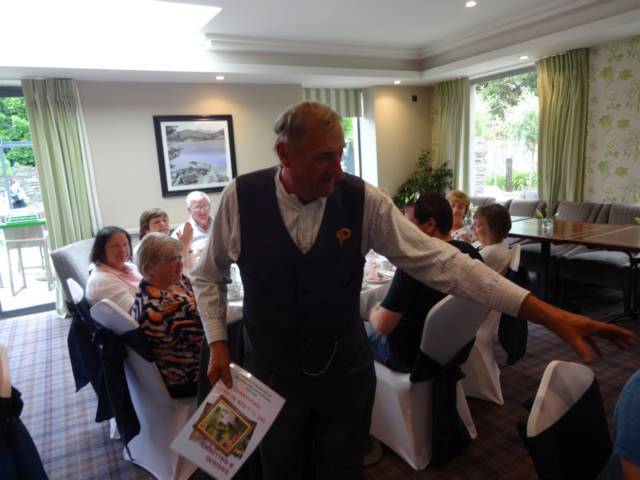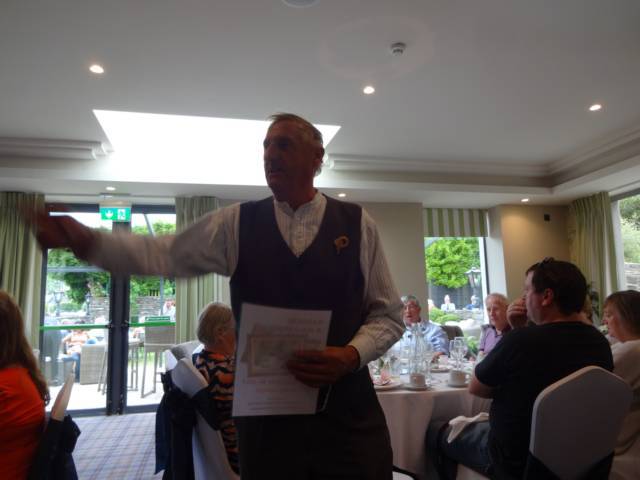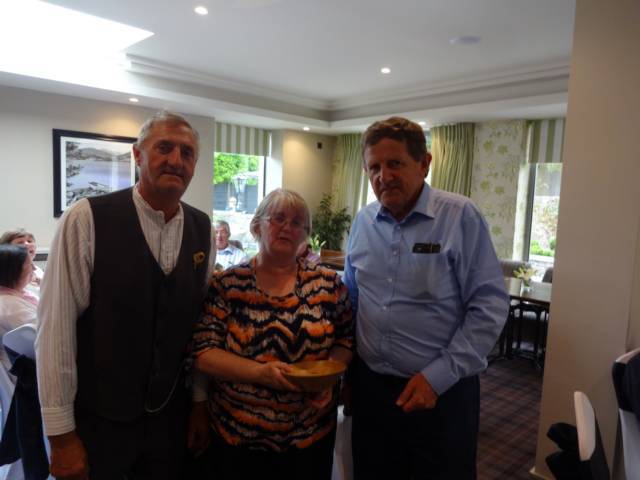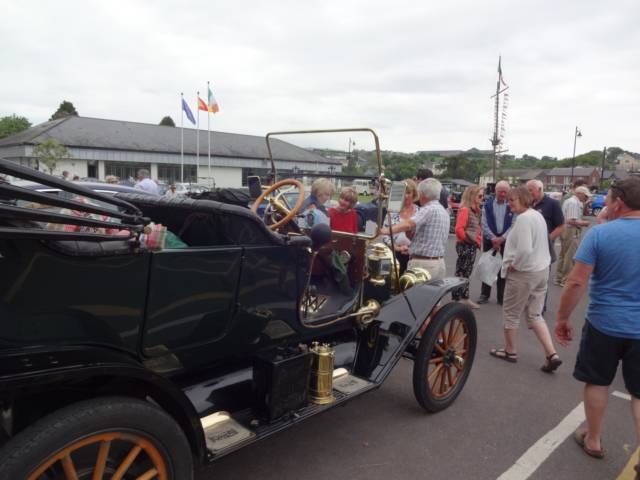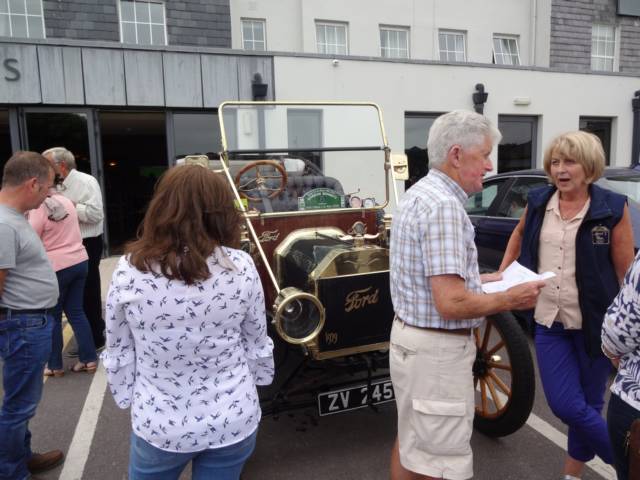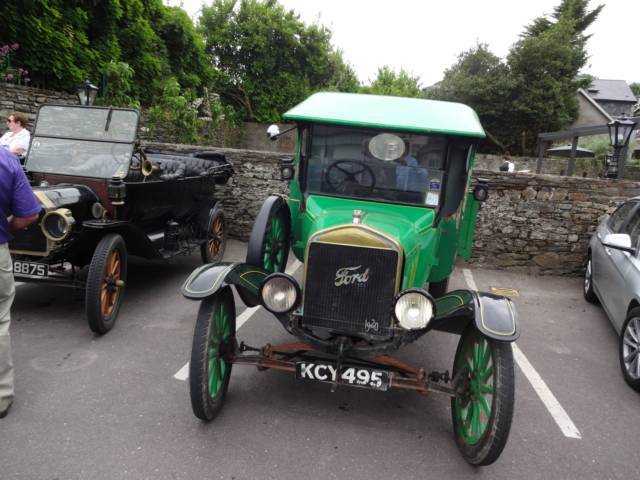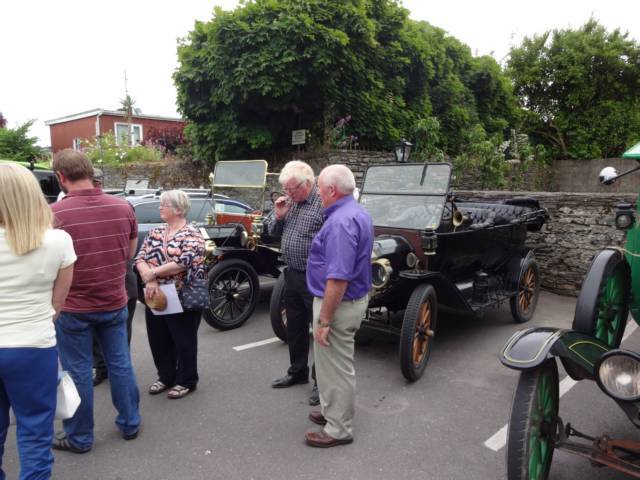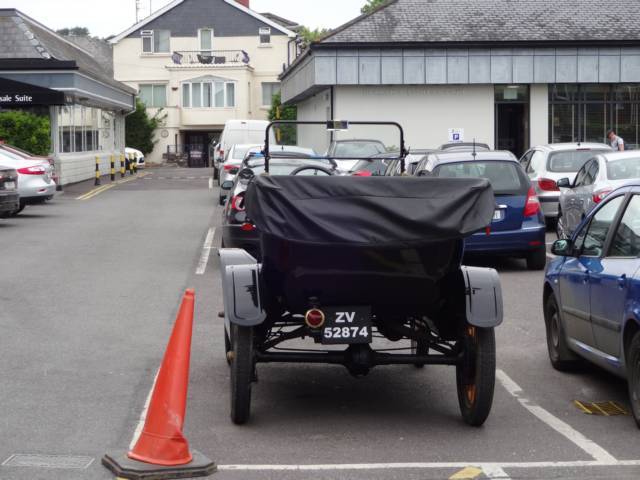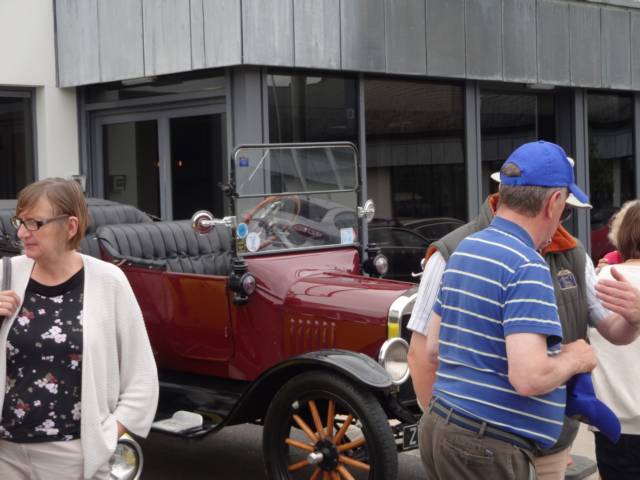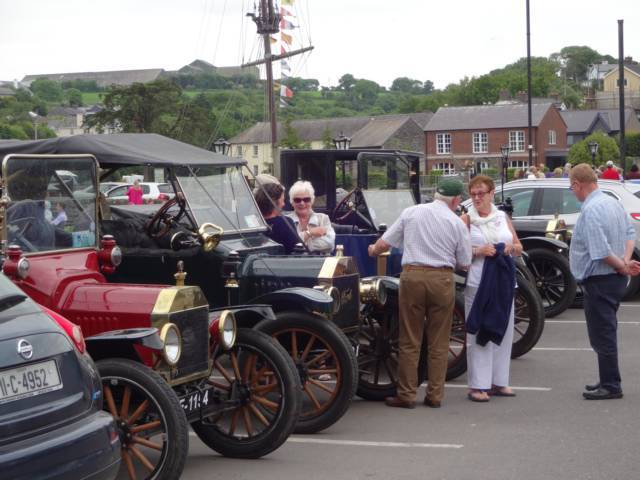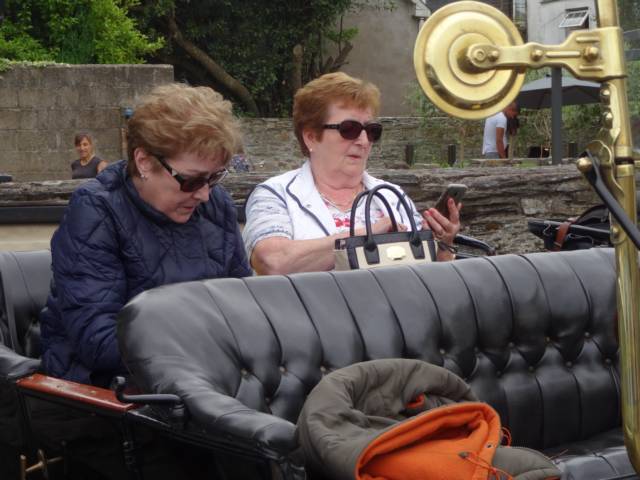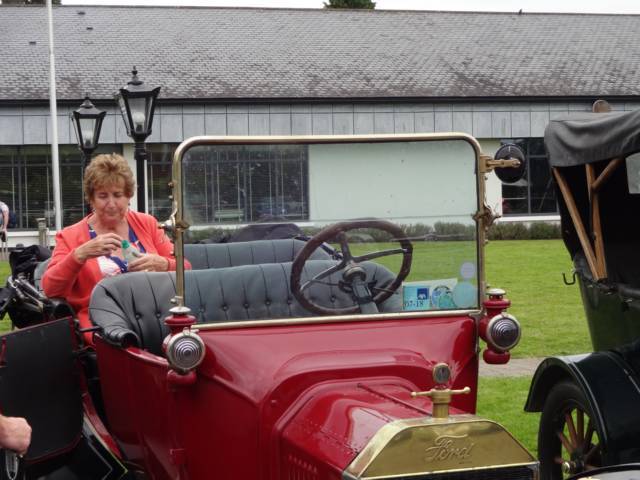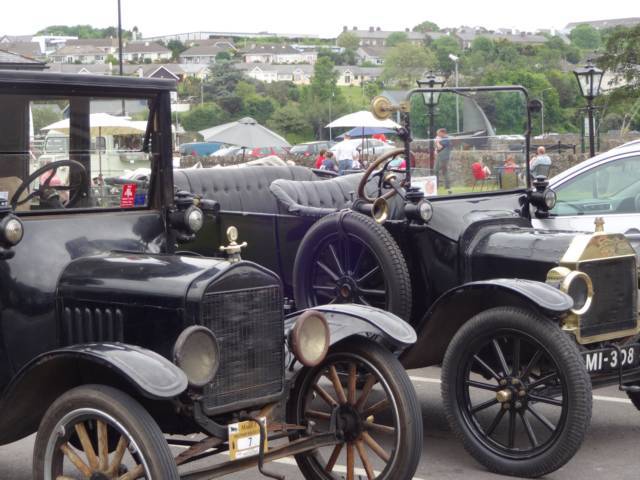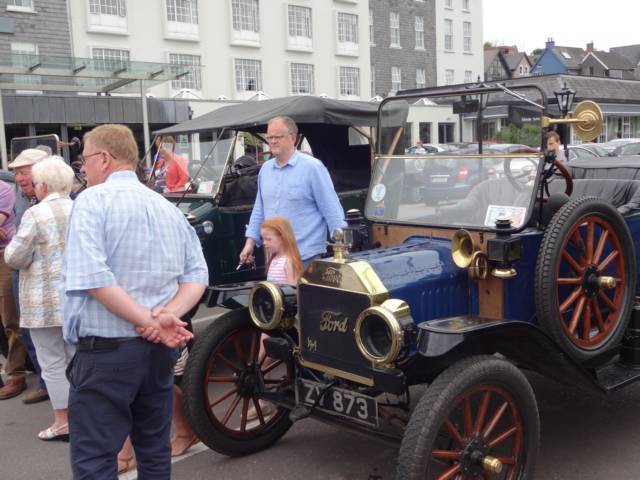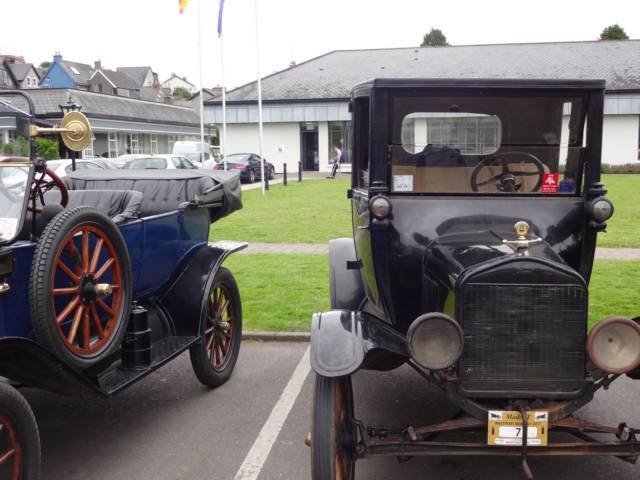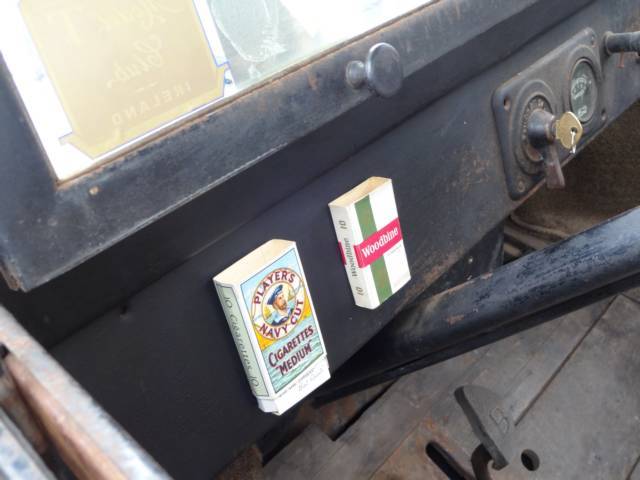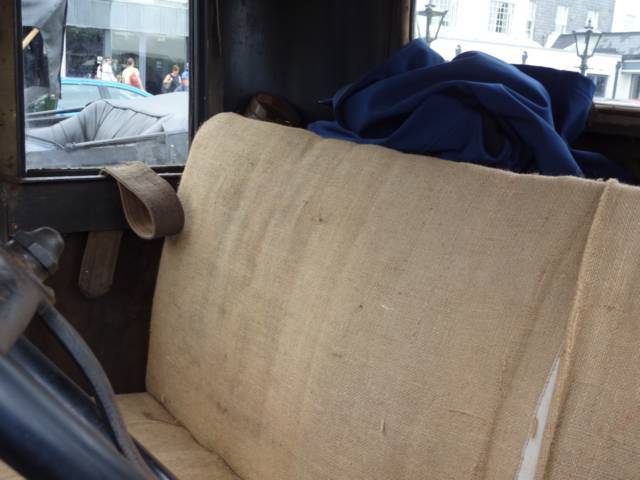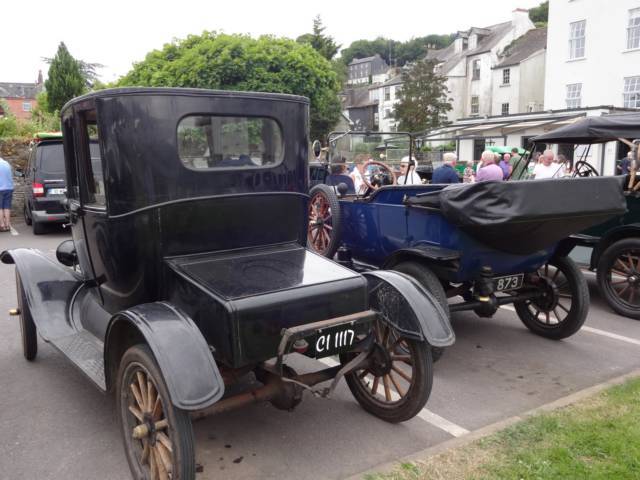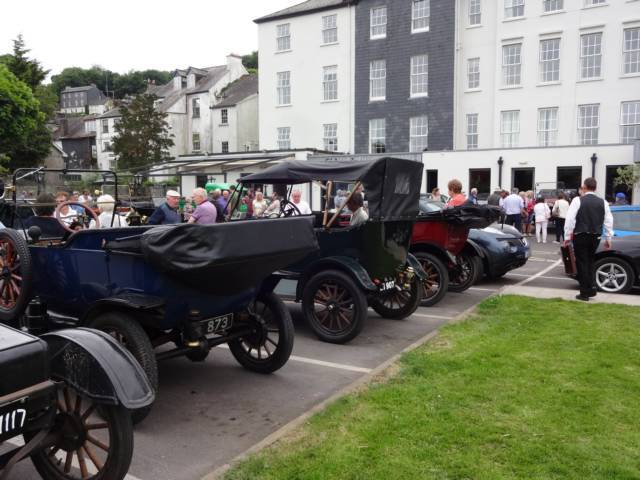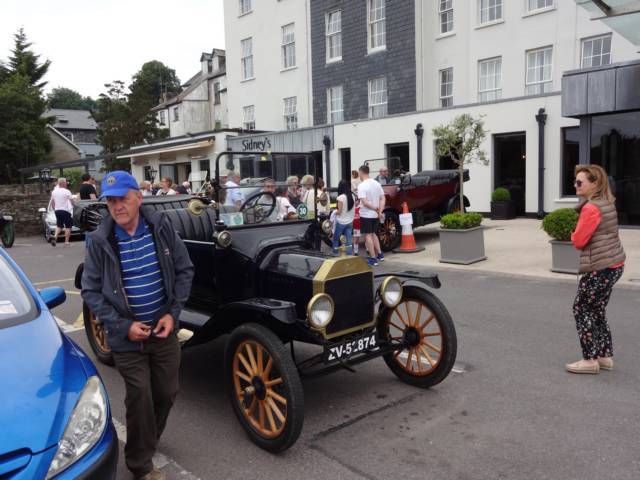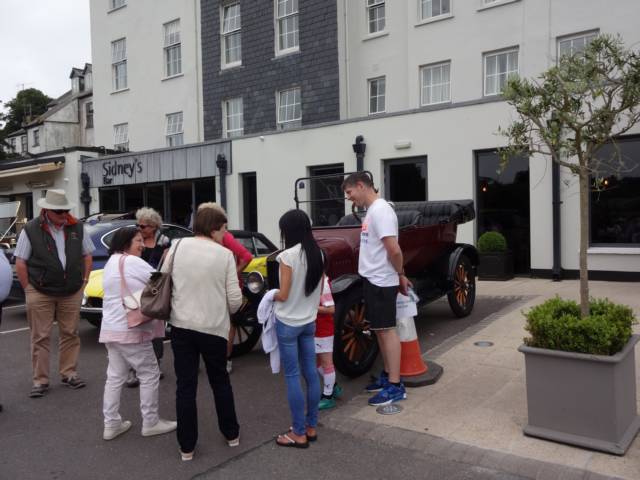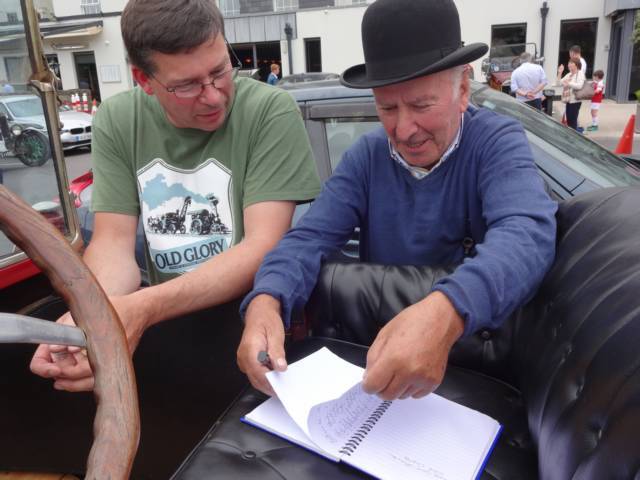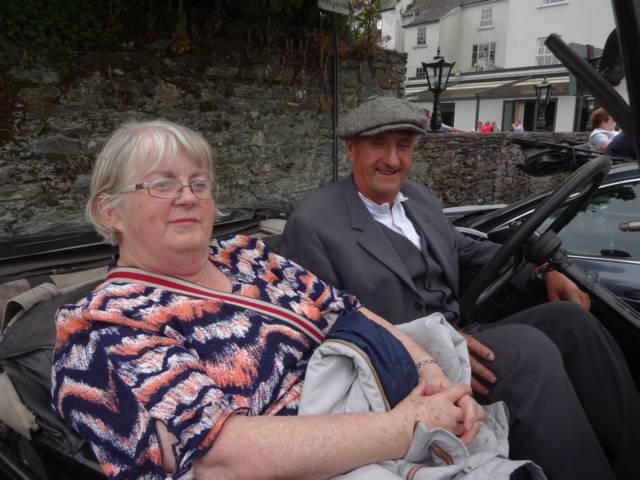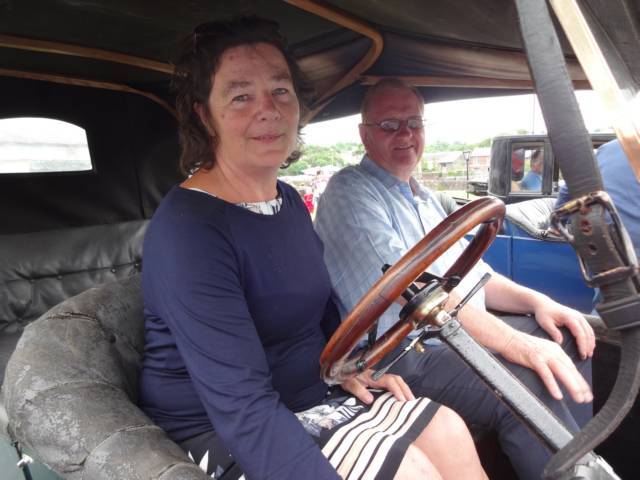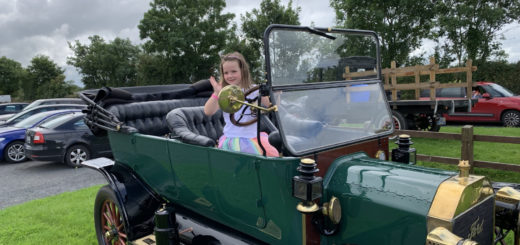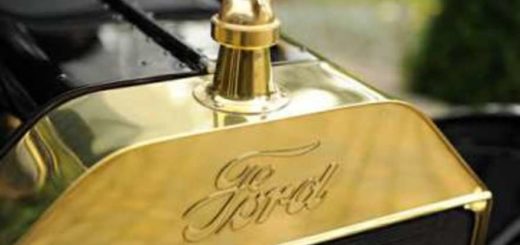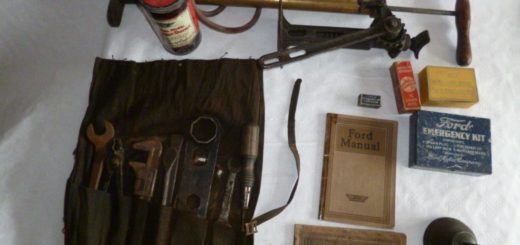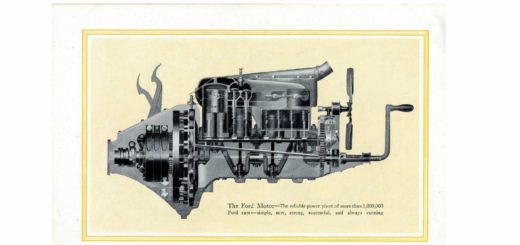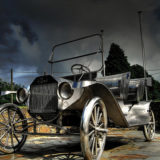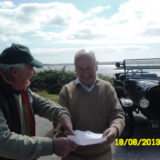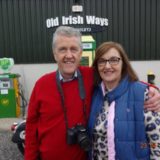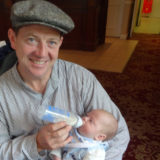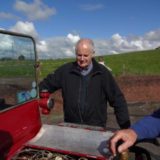Ballinadee June 2018
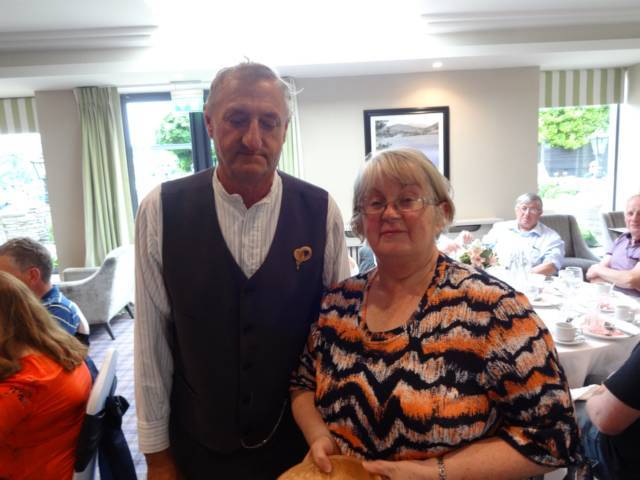
Members foregathered at the homestead of John & Mary to welcomed for morning refreshments in sunny Ballinadee on Sunday 9th June 2018.
Kilpadder Famine Burrial Ground, Innishannon, Co. Cork
Our first stop along the way was at Kilpadder famine burial ground near innishannon, Co. Cork. Our guide, artist Mary Nolan O’Brien as a child passed the old Famine graveyard every day on her way to school — and, at the request of her mother, always murmured a prayer as she walked by. So it was fate that must have brought an elderly American man to knock on her studio door in September 2012.
Now in his 70s, engineer and amateur genealogist Bob Murphy from Boston, Massachusetts, had spent decades researching his family tree. His search brought him to the West Cork village of Innishannon. When Mary answered the door at her home, just outside the village, Bob explained he was looking for the final resting place of his ancestors, a graveyard Mary knew as the Kilpadder Famine Pit in the nearby townland of Dromkeen. “Bob’s ancestors had farmed in Dromkeen — it’s believed they’d leased a plot from the local Frewen Estate,” said Mary.
The grave site is located on the grounds of the former Frewen estate. During the Famine, Bob’s grandfather and two siblings emigrated to America, leaving behind the remainder of their family of eight, all of whom died in the Famine and are believed to have been buried in Kilpadder, which dates from 1845. During the Famine, Bob’s grandfather and two siblings emigrated to America, leaving behind the remainder of their family of eight, all of whom died in the Famine and are believed to have been buried in Kilpadder, which dates from 1845.
Mary brought Bob to the site which was then severely overgrown and neglected. “It was a jungle,” she recalls. “Bob became upset when he saw the state of it.” The grave site, bereft of any memorial stones, had no records of the people buried there and covers about three quarters of an acre. Bob returned to the States but, within weeks, contacted Mary with a proposal to fund the restoration of the graveyard. A member of the Knights and Ladies of St Finbarr, the oldest club in the US for emigrants from Co Cork, was prepared to donate $2,000 for the restoration of the graveyard — if Mary would oversee the project.
In 2013,the Knights and Ladies of St. Finbarr – Cork club held a fund raiser in order to clear the area of brush and overgrowth and two years later, the burial ground may be visited. On Friday, July 24, 2015 the Kilpadder Famine Burial Ground, located outside the town of Innishannon, was dedicated by a Mass and prayers for those that may have been forgotten by Fr. Crowley.
The Great Famine of Ireland was a period of starvation, disease and mass emigration between 1845 – 1852. It was caused by the failure of the potato crop. The crop failed many times as it was infected with the potato blight. Potato blight meant none of the crop could be eaten or sold. The crop was useless. Blight is a disease that attacks and rots potatoes. The blight destroyed the potato crop; those who depended on the potato had no other food. They starved.
The population of Ireland at this time was 8.2 million. Most people living in Ireland at that time depended on the potato as their main source of food and income. It fell by two million during the Famine. One million people died and a further one million left Irish shores to find a better life. The main causes of the famine were a rise in population, subdivision of the land and dependence on potatoes.
Mary Nolan O’Brien, Secretary thanked all for their co-operation and contribution to this project and indicated without the goodwill of people, the dedication would not have been possible.
Cor Castle Innishannon
Our next stop was Cor Castle Innishannon, a freestanding three-bay three-storey over basement country house, built c.1820, possibly built on site of earlier tower house, built c.1600 where we were invited to visit the meadows, gardens and grounds. The house stands in a prominent position overlooking Innishannon and has recently been meticulously restored.
The house was destroyed by fire in 1921 and for years was in a ruinous condition. Cor Castle in Innishannon came back from the metaphorical grave in the hands of a private developer and old buildings specialist Richard Good Stephenson who now lives there with his family, on his own family’s long-held old grounds. It is truly splendid. He has combined careful research into the history of Cor Castle with superb craftsmanship, to create a most attractive family home.
The gardens above the house have also been restored and provide a magnificient view over Innishannon. What was interesting is the makeup of trees and hedging from four main varieties, these being Beech, Yew, Escallonia and Bay. Our tour included the greenhouse where the family are all year round self sufficient in food produce straight from garden to plate.
As part of the restoration work necessitated natural hydraulic lime, an odourless powder, when mixed with sand and water, they began to make up their own product. Hydrayulic lime becomes a binder for building applications (e.g. mortars and renders). Now, Roundtower Natural Hydraulic Limes are available and their products are suitable for building restoration and conservation.
Equally, they are well suited for new construction and as mortars, plasters, concrete and grouts. Whether one is repairing historic building fabric or constructing an environmentally conscious building, Roundtower offers many benefits to architects, contractors, quantity surveyors, conservationists and homeowners.
Alice Taylor’s Garden
We next paid a visit to Alice Taylor’s garden situated at the rear of her home right in the centre of Innishannon village. Ice cold lemonade greeted us on arrival as introductions were made followed by a short talk by Alice on her garden and memories associated therewith.
For your general information a search on Wikipedia reveals that Alice Raylor was born 28 February 1938 on a farm in Lisdangan, Newmarket in North Cork. She was educated at Drishane Convent.[1][2] Taylor worked in Bandon before marrying Gabriel Murphy.[3][4][5] Her husband died in 2005. They have four sons and one daughter. When she married she moved to Innishannon in 1961. There she ran a guesthouse, the local post office and a shop.[6][7][8][9][10][11]
In 1984 she edited and published a local magazine, Candlelight, and in 1986 she published an illustrated collection of her poetry. However it was the launch of her book To School Through the Fields was published in May 1988 which brought her fame. She had numerous interviews on national shows including RTÉ Radio‘s Gay Byrne Show and the Late Late Show.
The next books were equally successful and have been sold internationally. Since then she has moved onto novels which have also become best sellers. Taylor has remained very connected to the village where she lives.[12] One of the programs she has been involved in was the restoration of the old Innishannon Tower.
Her garden is splendid and our group of visitors spent time relaxing and absorbing the atmosphere of tranquillity and beauty.
Actons Hotel for Lunch
We had a late Sunday lunch in Kinsale. Needless to mention, Kinsale is a prime tourist spot in the south of Ireland and the many visitors and say trippers were pleased to see such a variety of Edwardian cars on a sunny Sunday afternoon. Lunch was served and afterwards our secretary presented John and Mary with a turned Irish Beech bowl as a token of our appreciation for hosting the West Cork Summer run which turned out to be one of the best.
After lunch, presentation and general mingling, we set off back to Ballinadee, our home base. Teas and light refreshments followed and our happy group of T’ers were homeward bound after an safe and enjoyable trip in West Cork. Thank you again to Mary, John, family, volunteers, marshals and of course our members for your support and participation.

